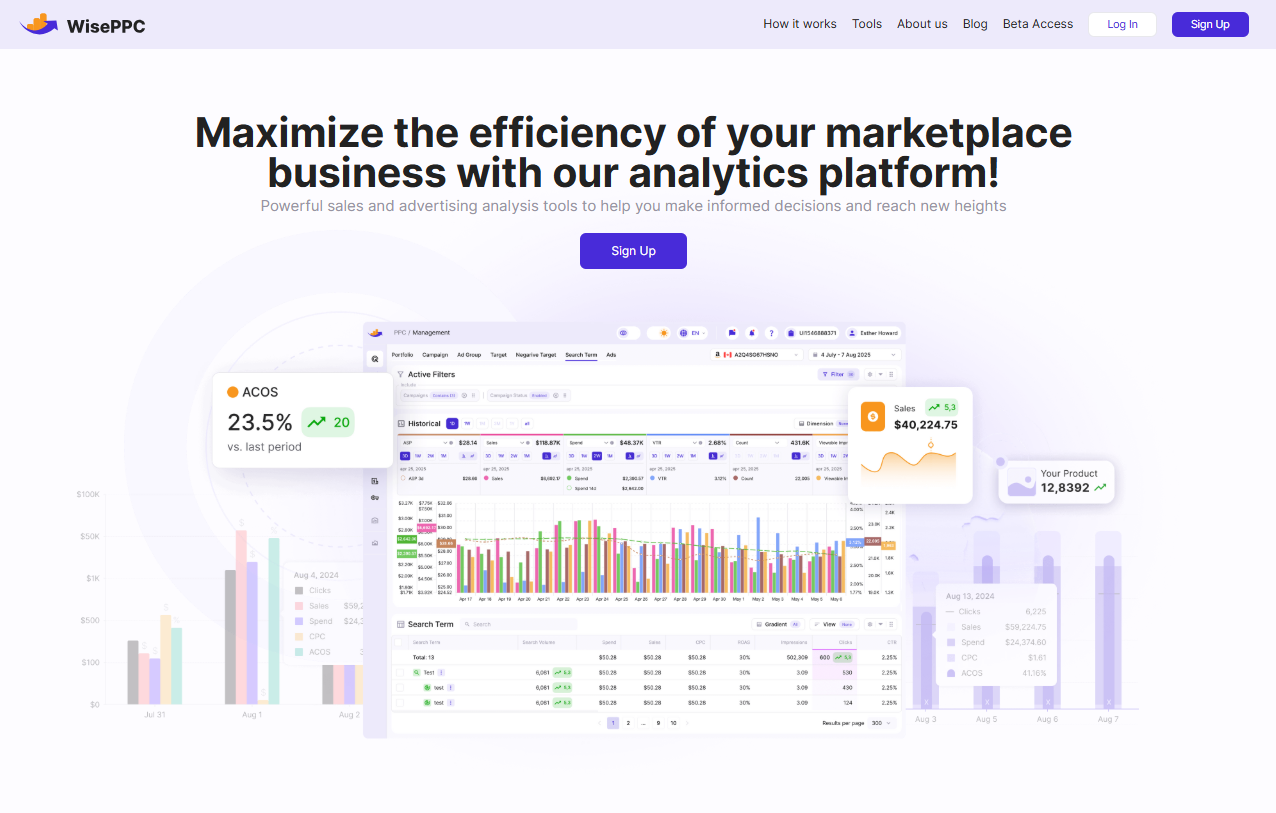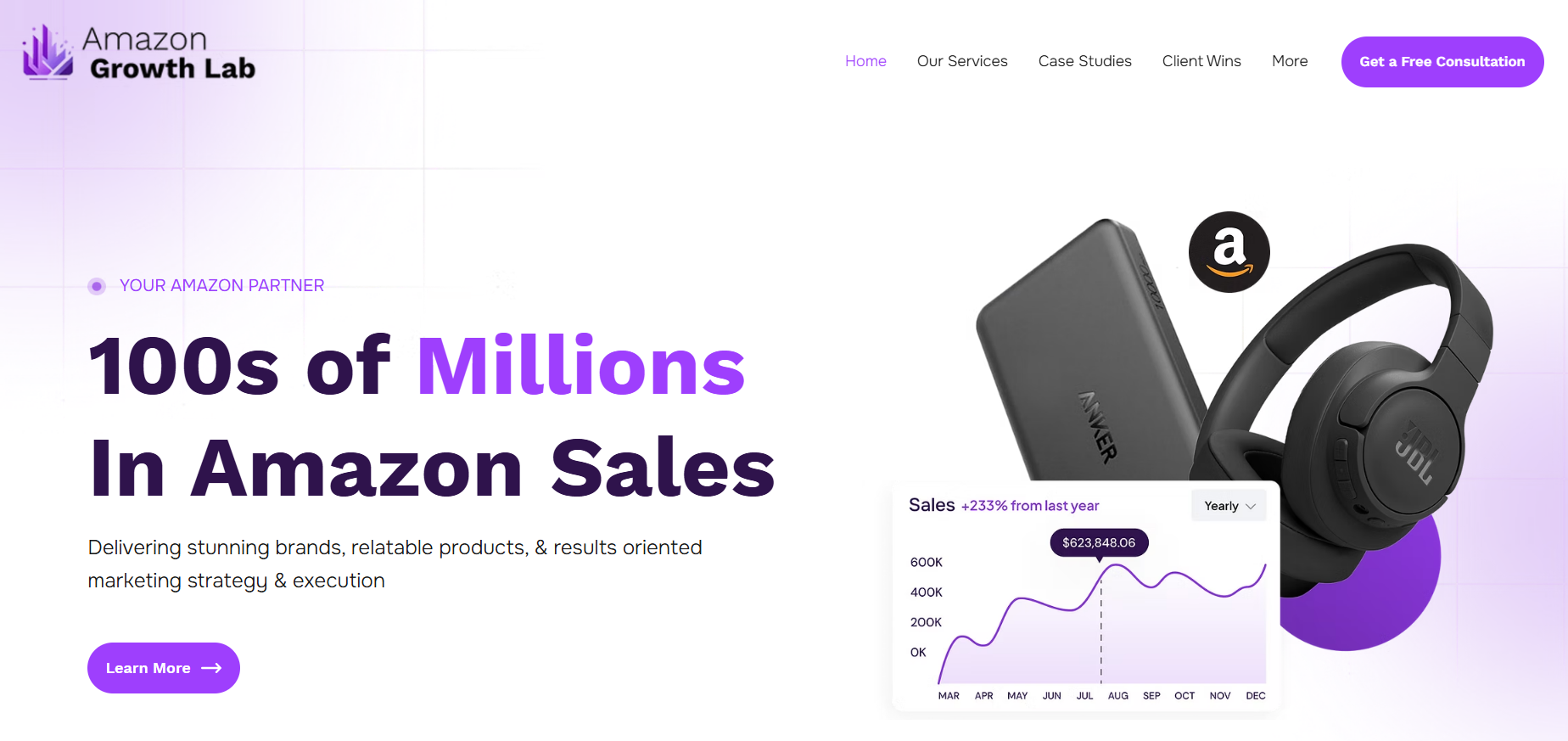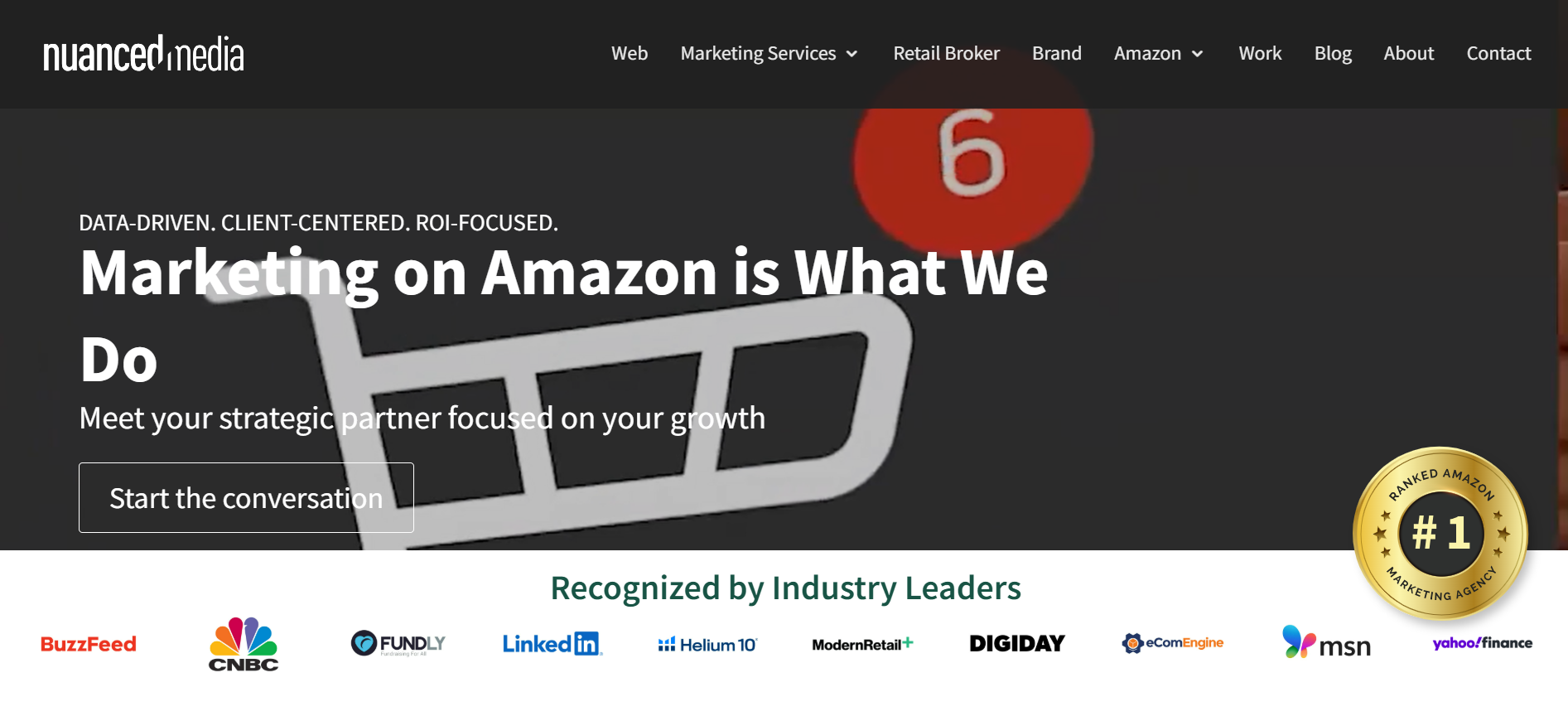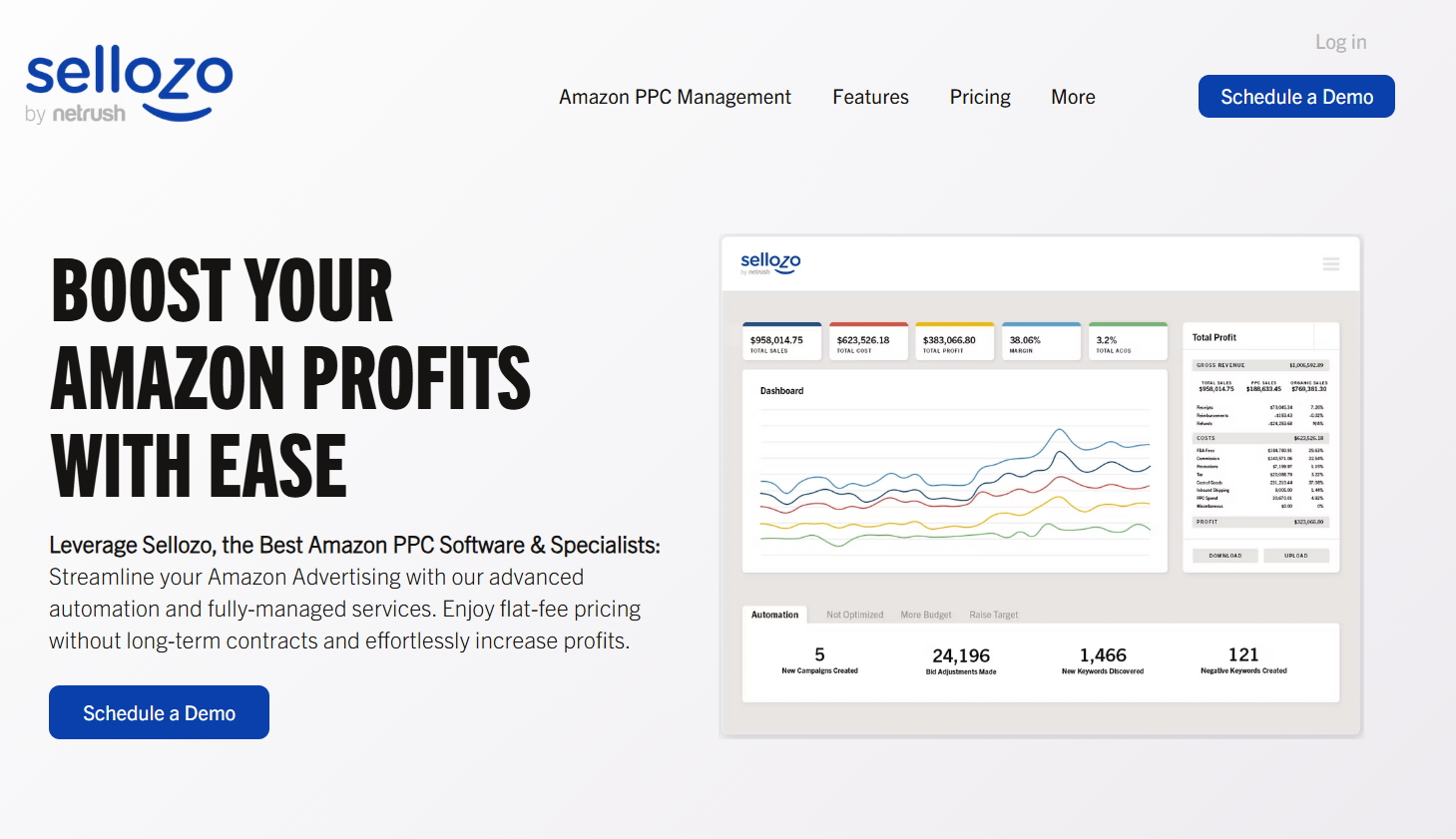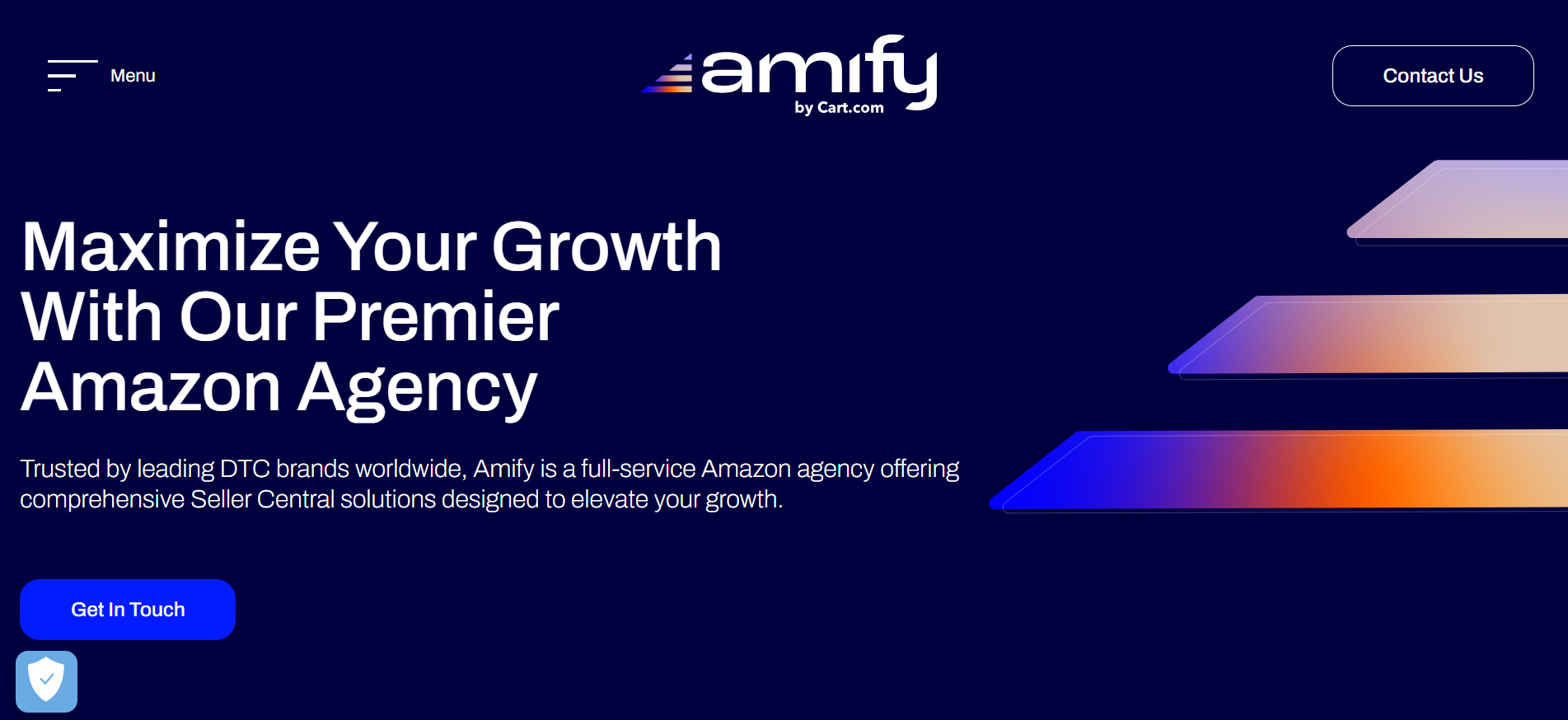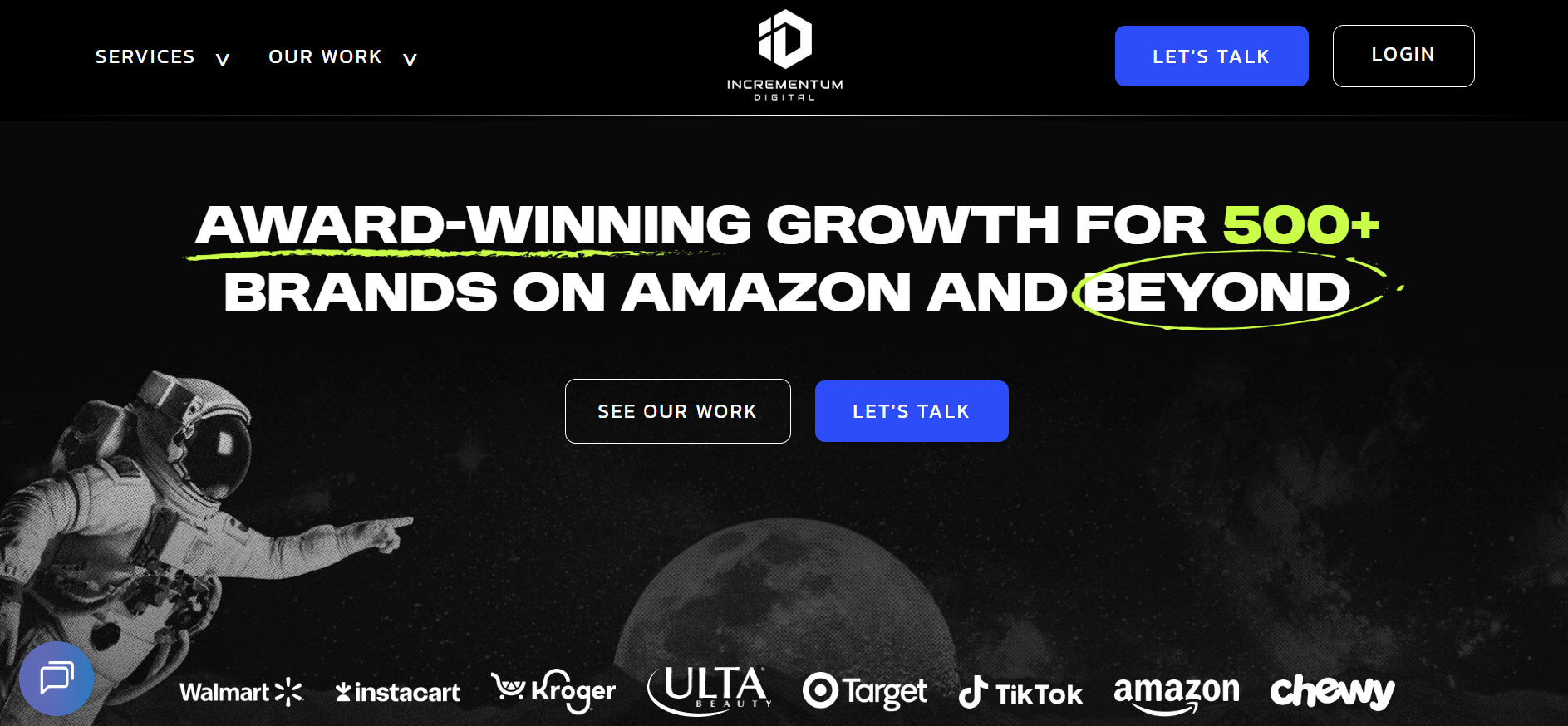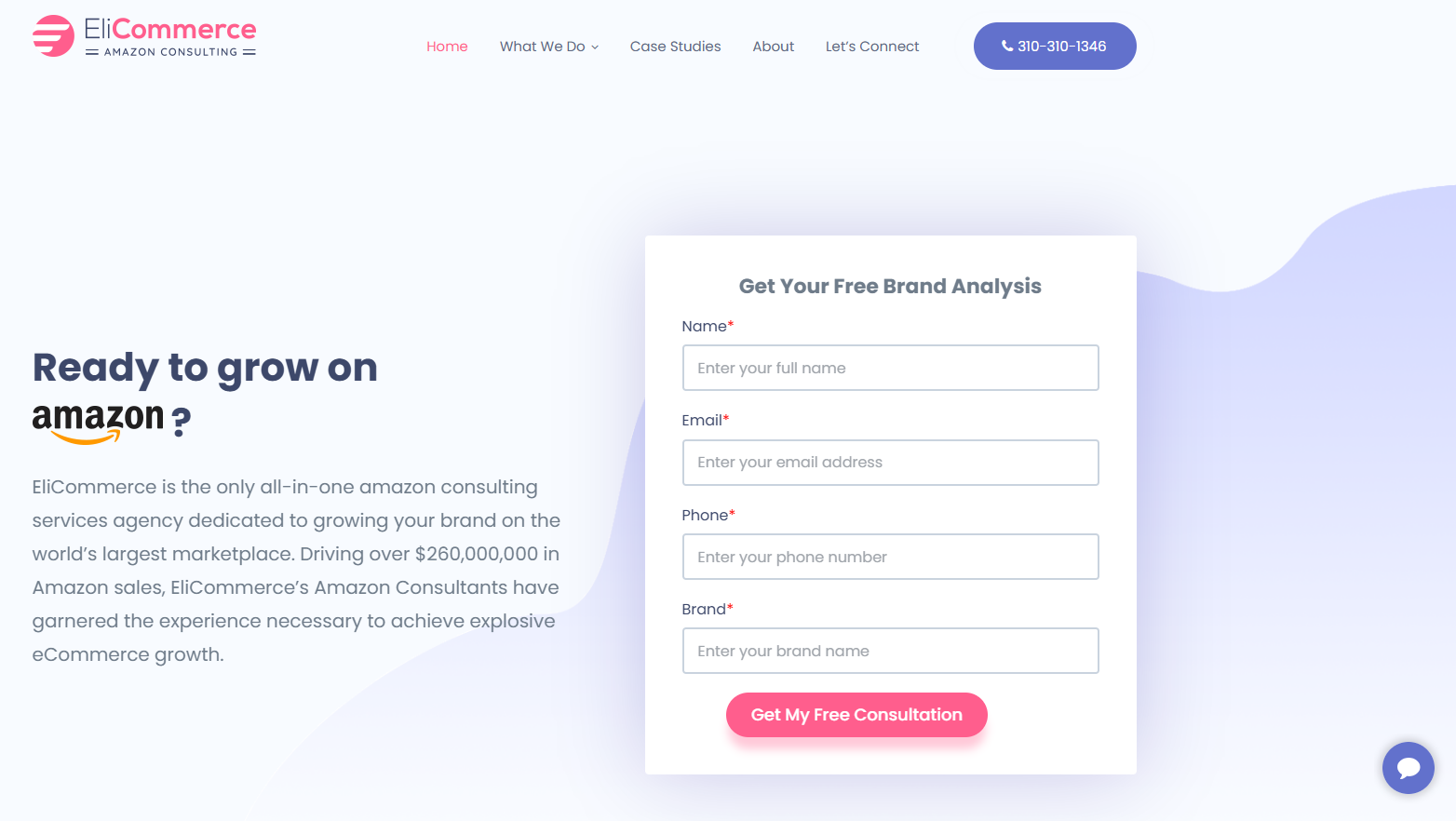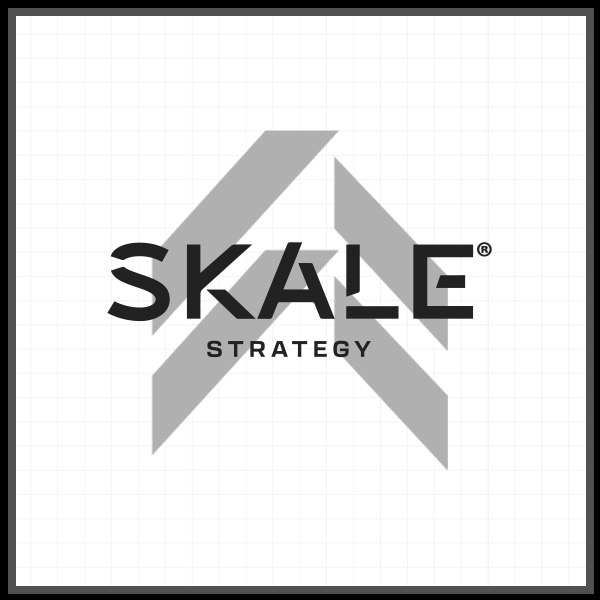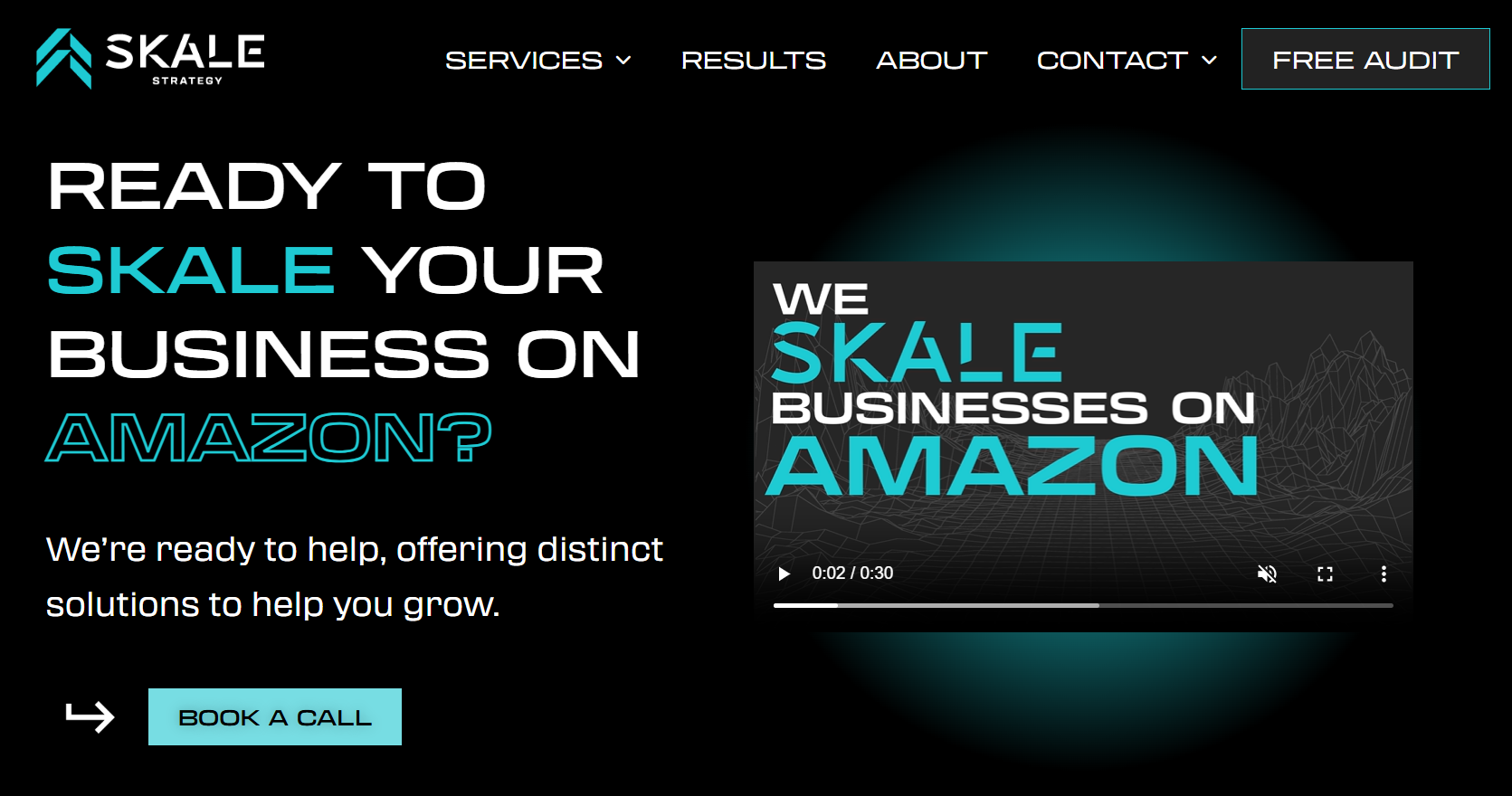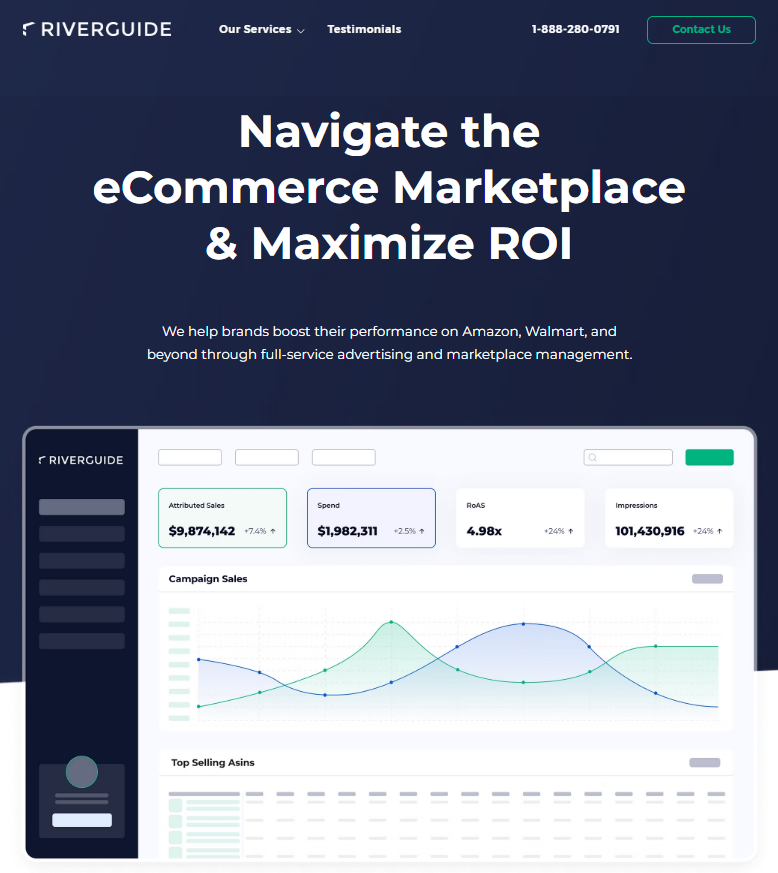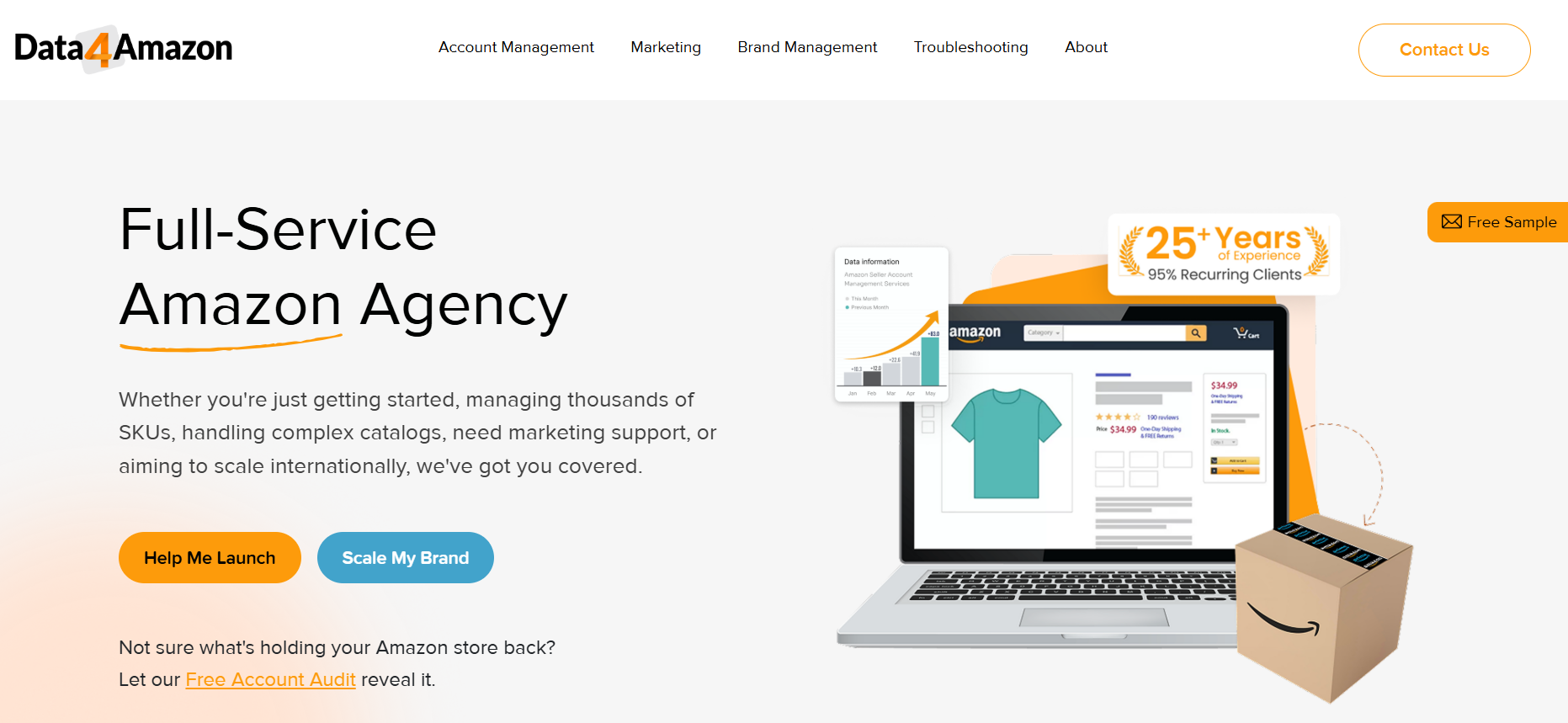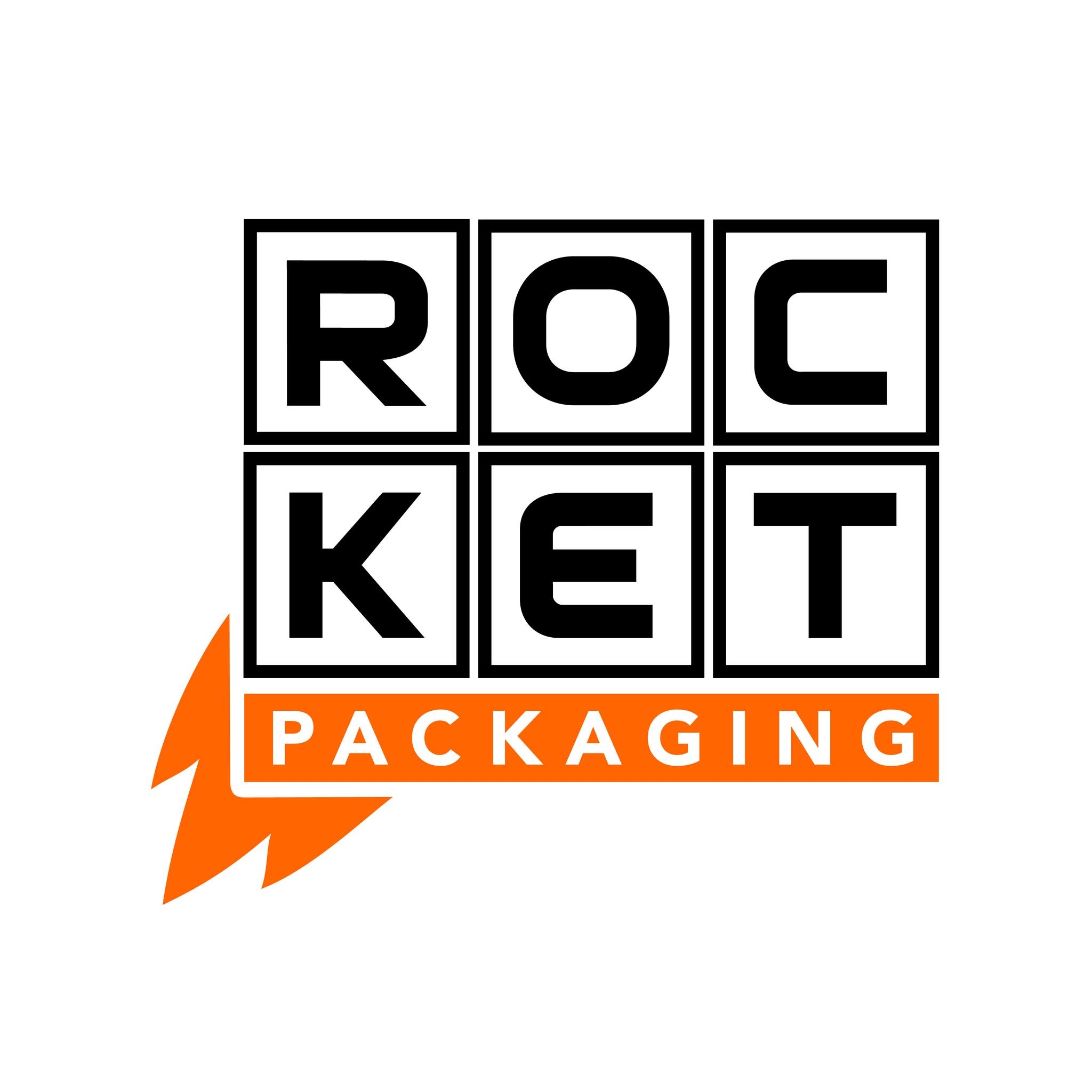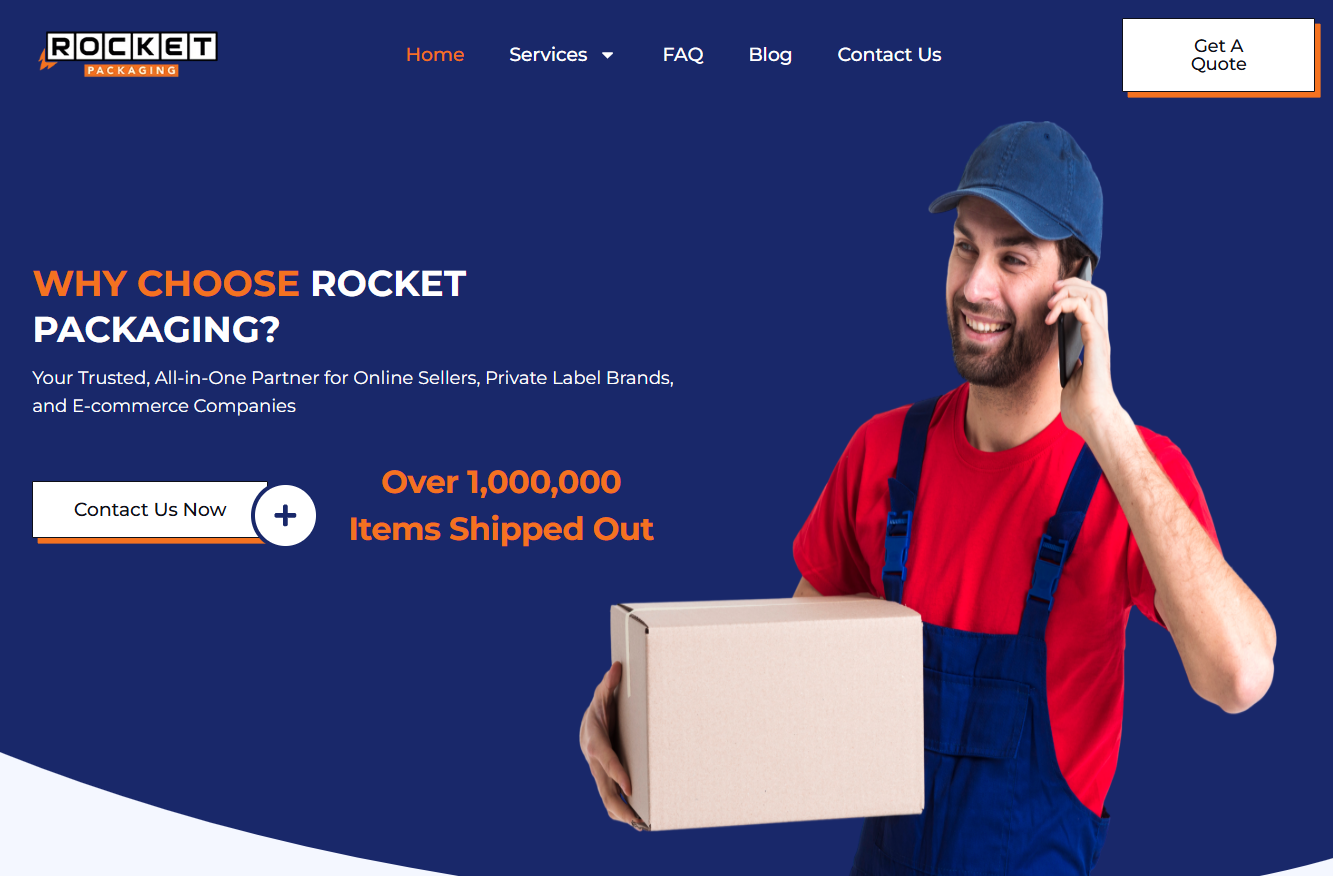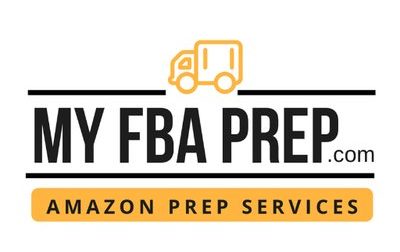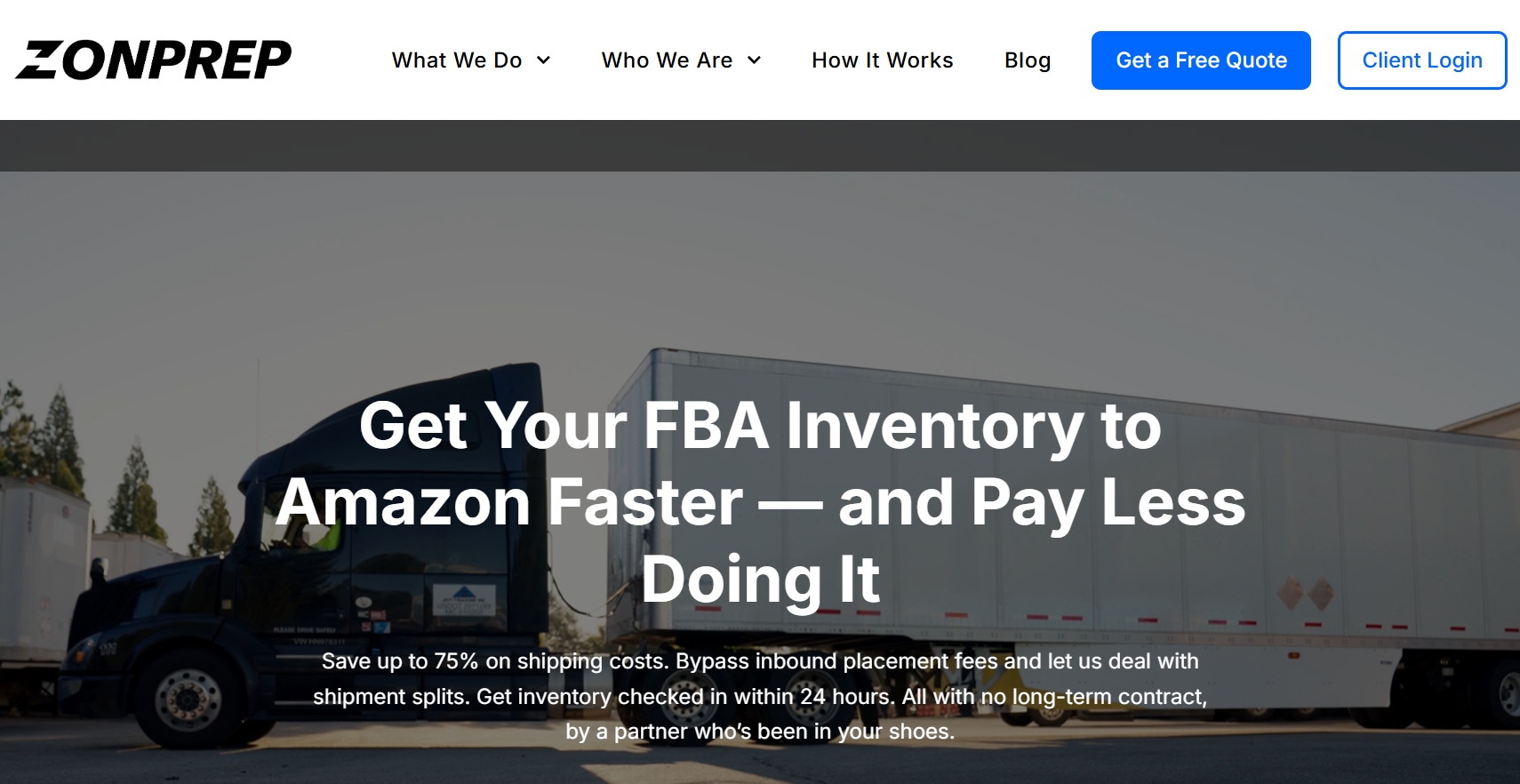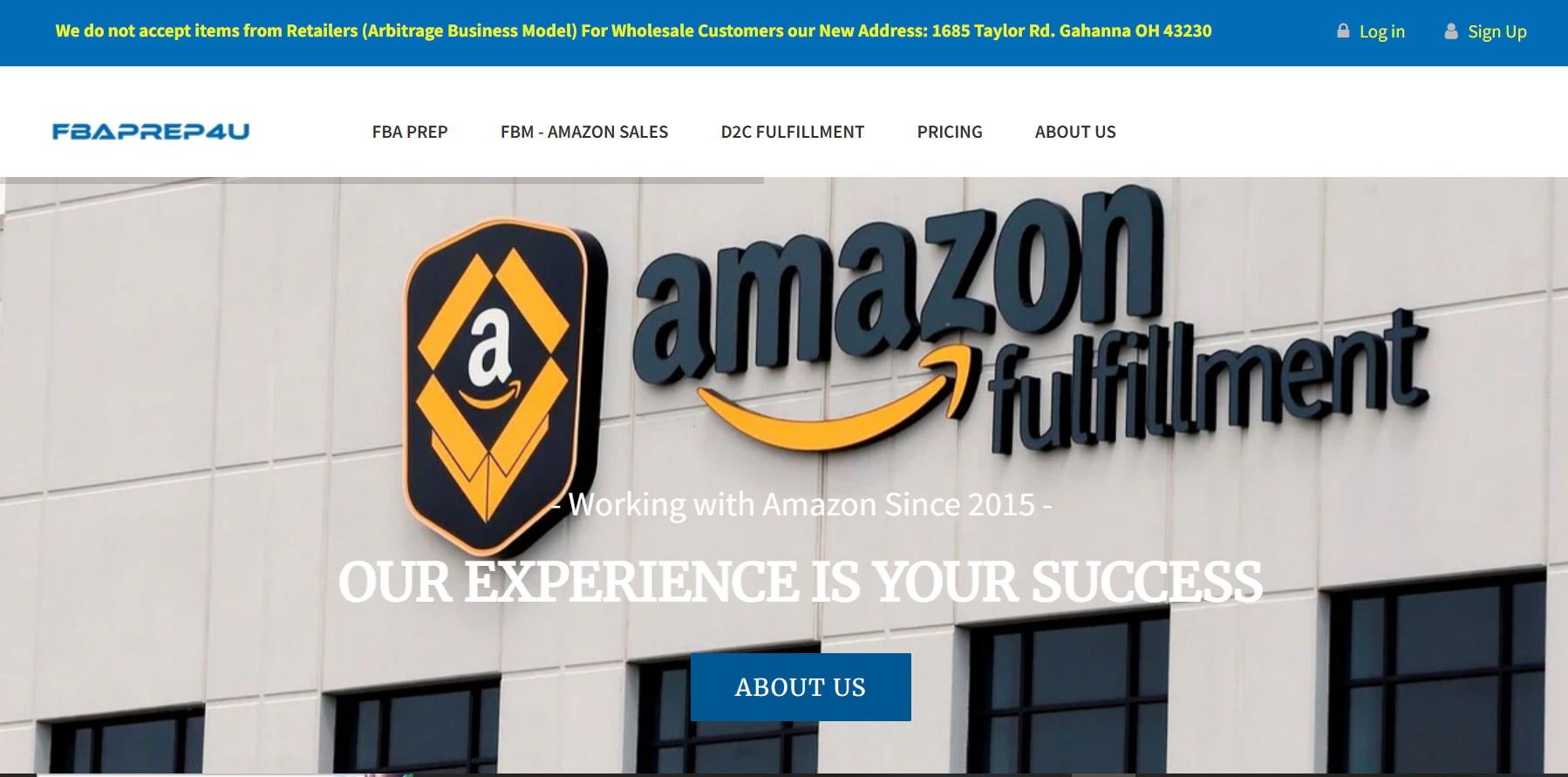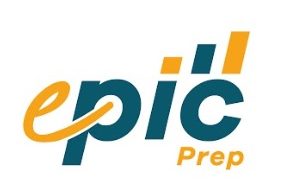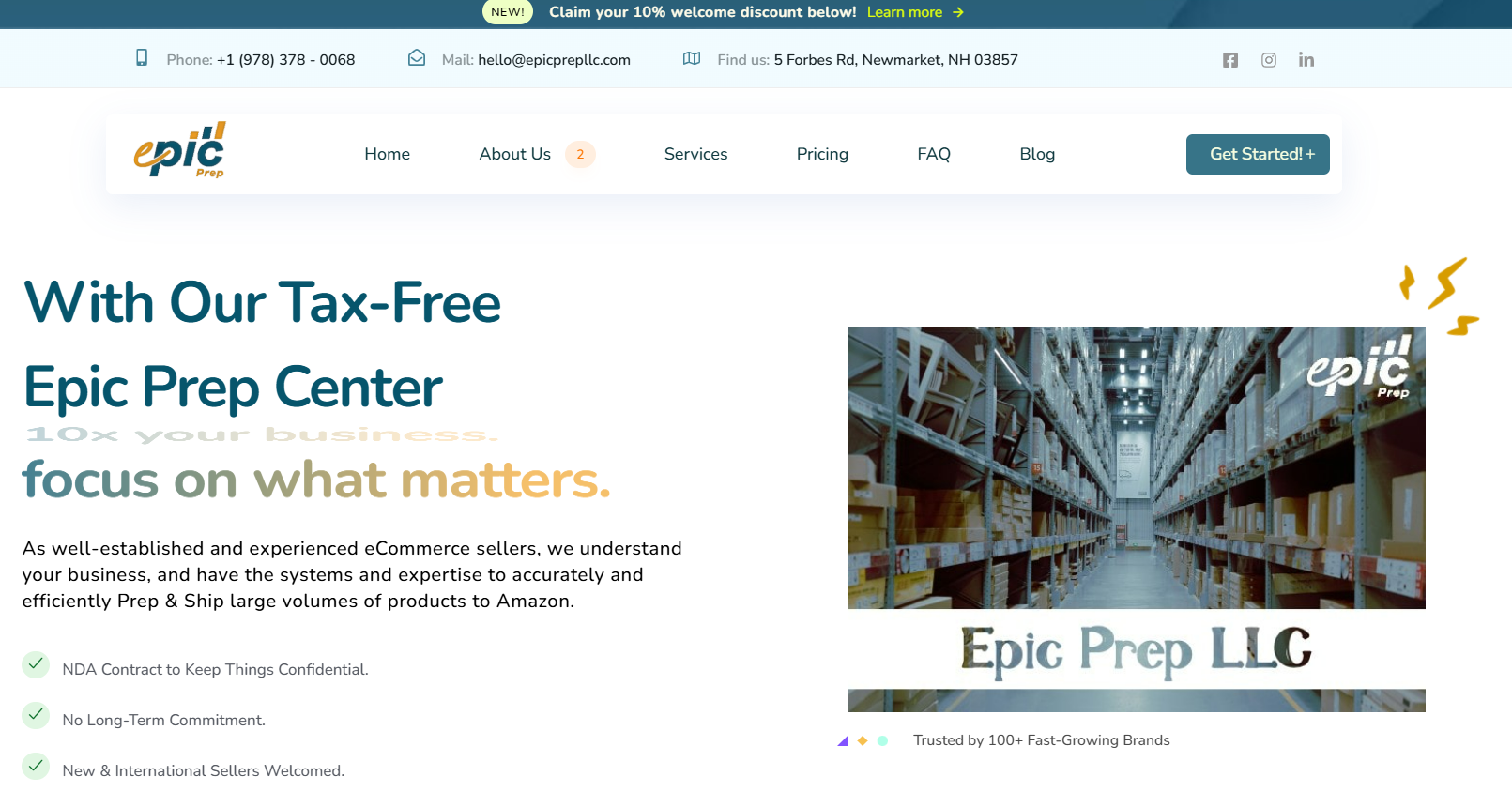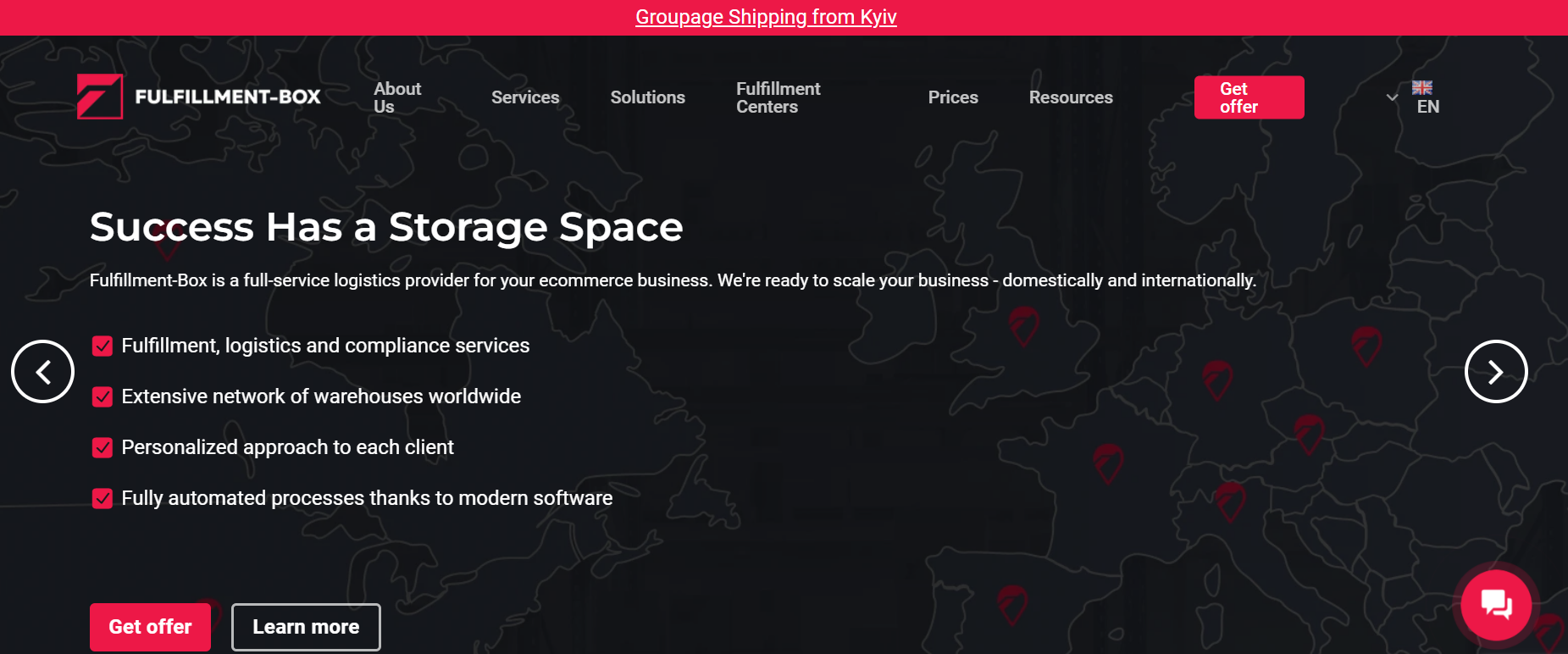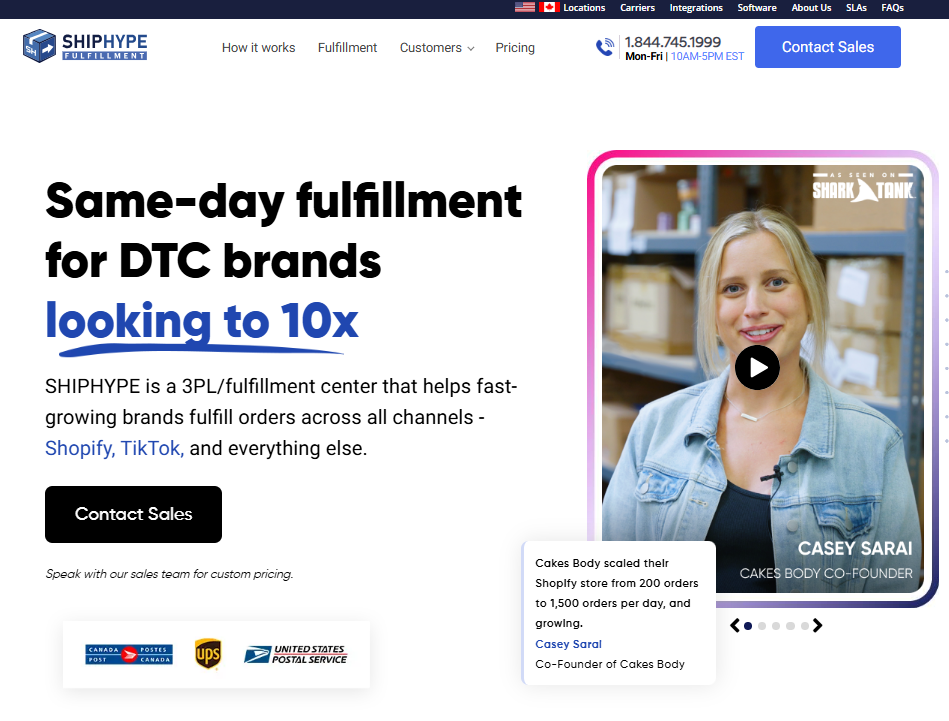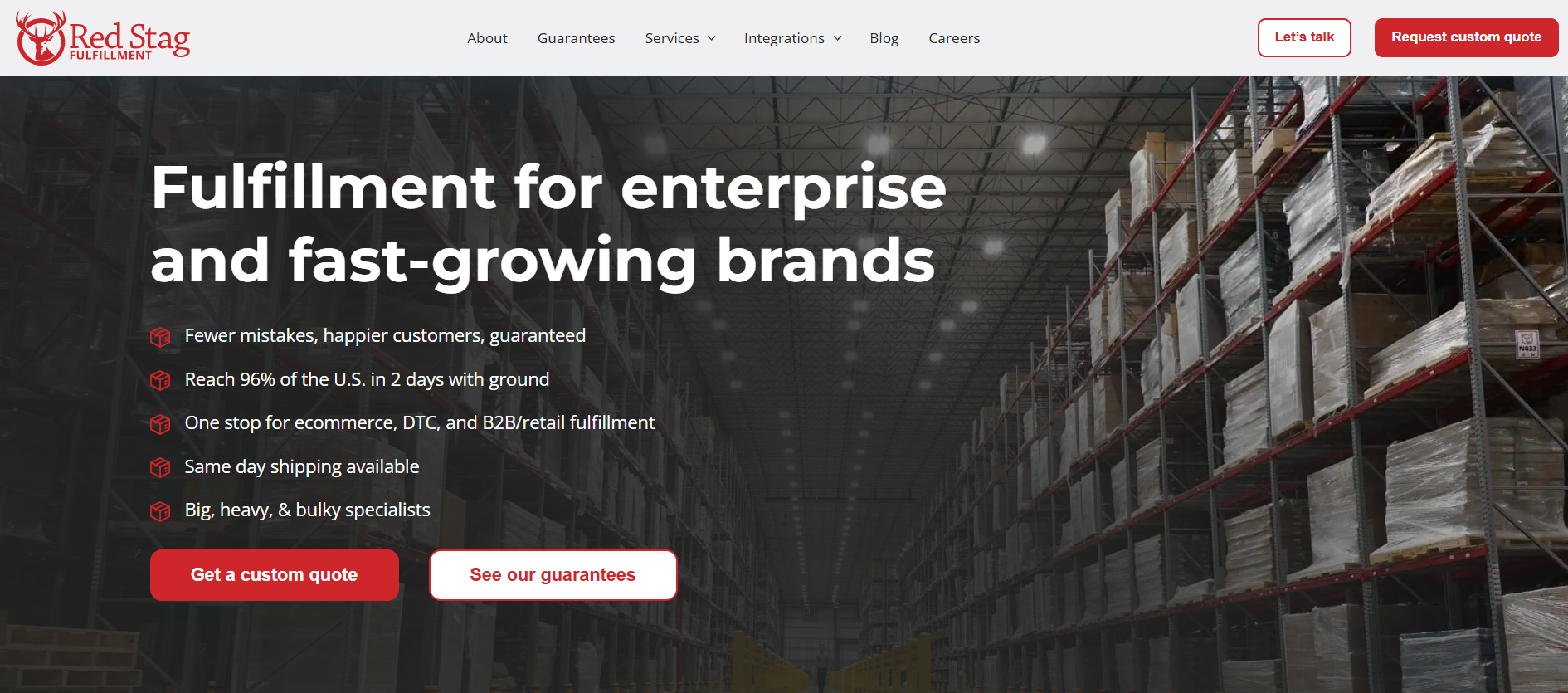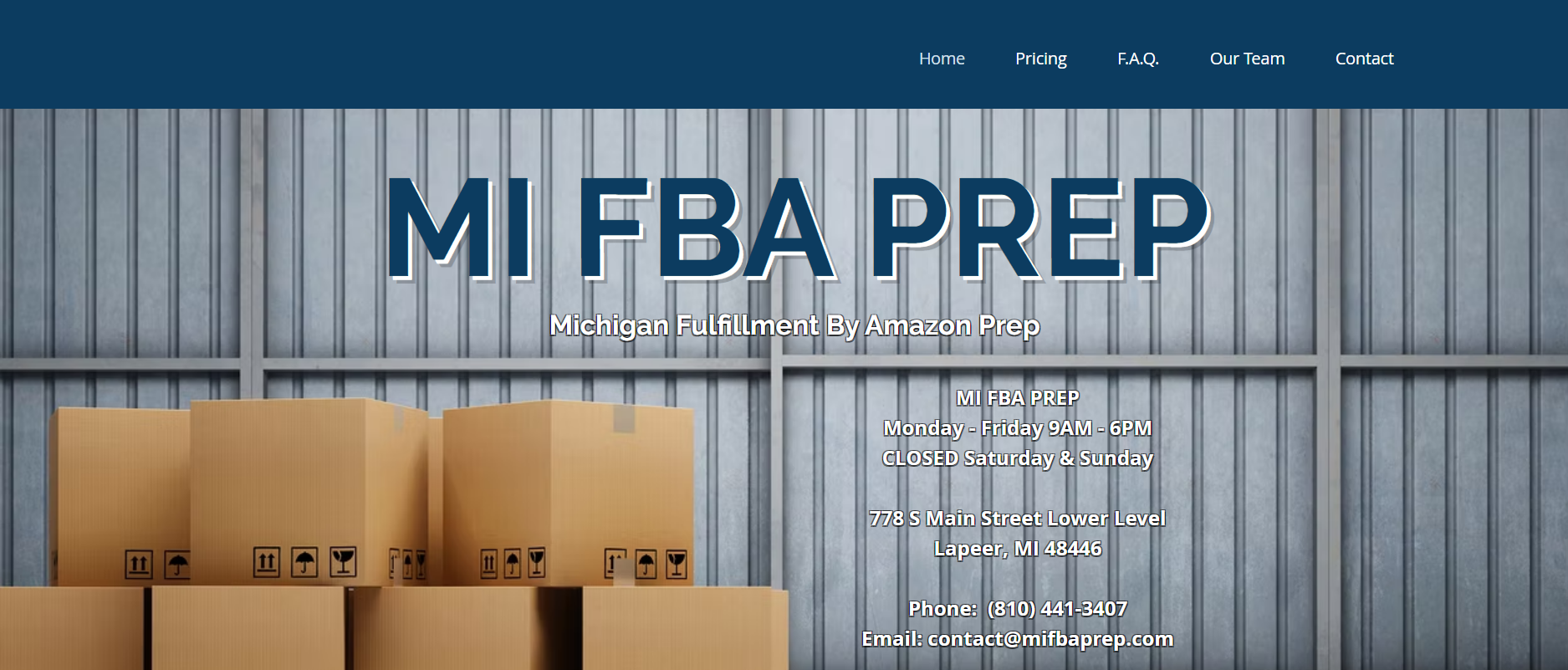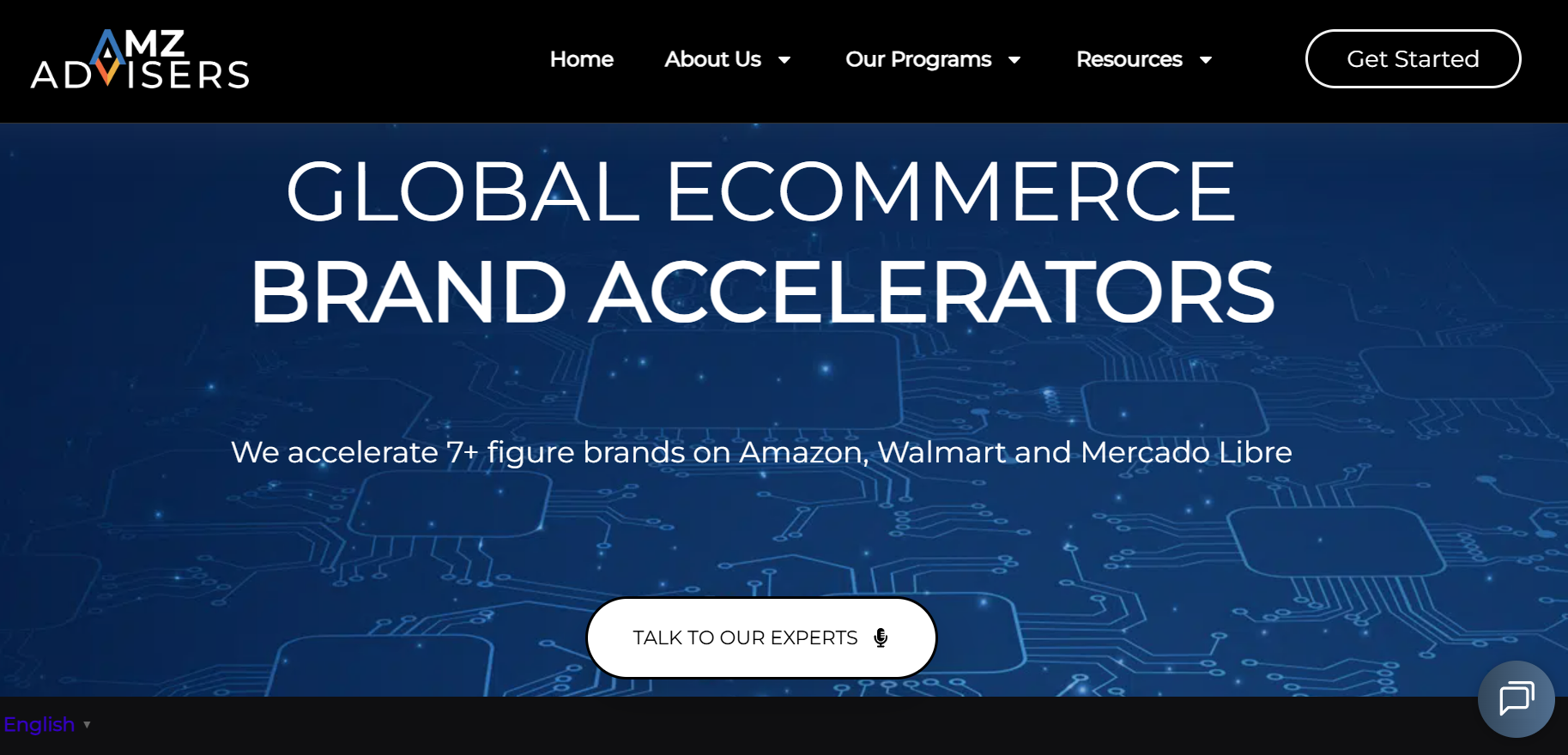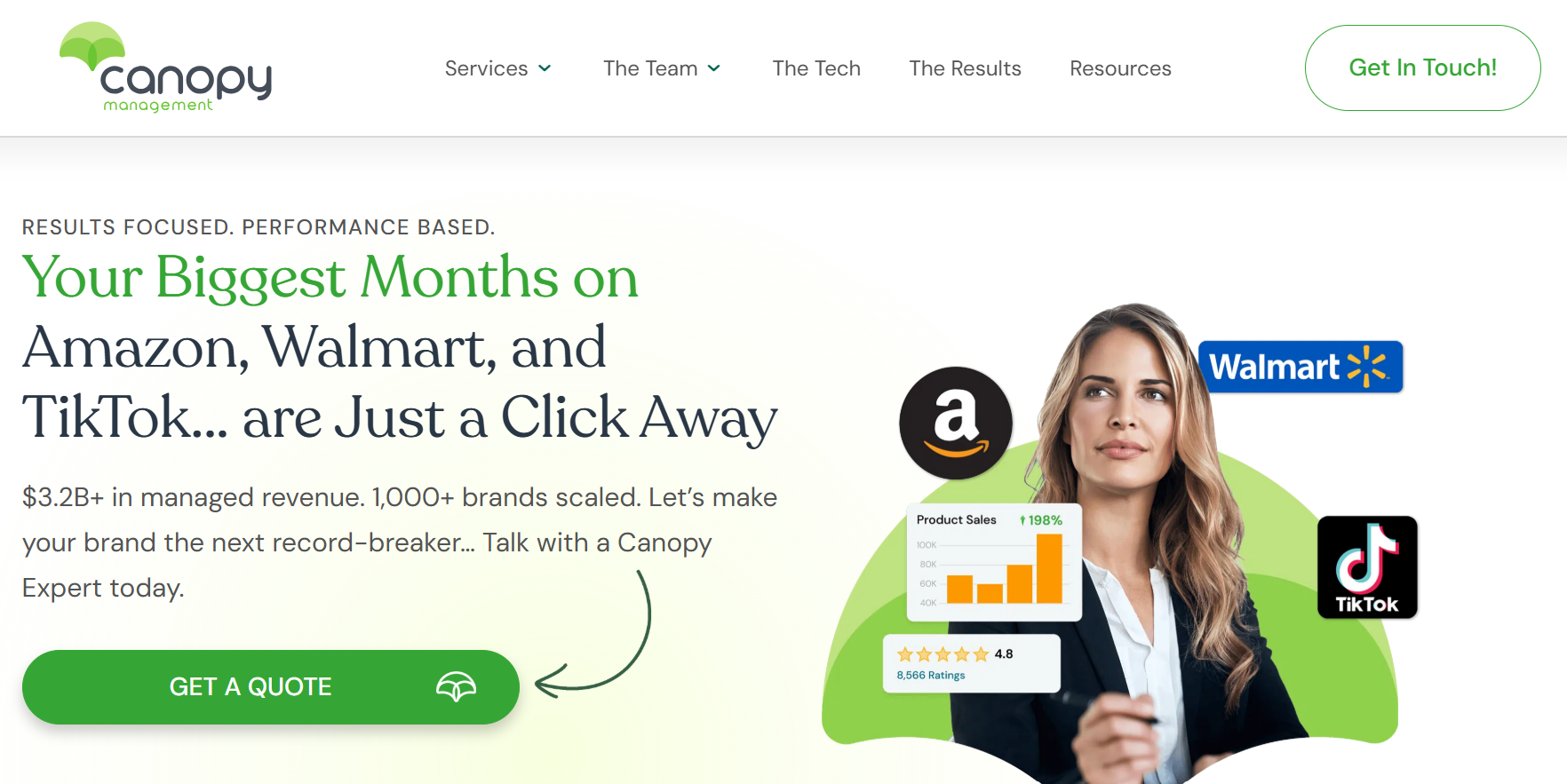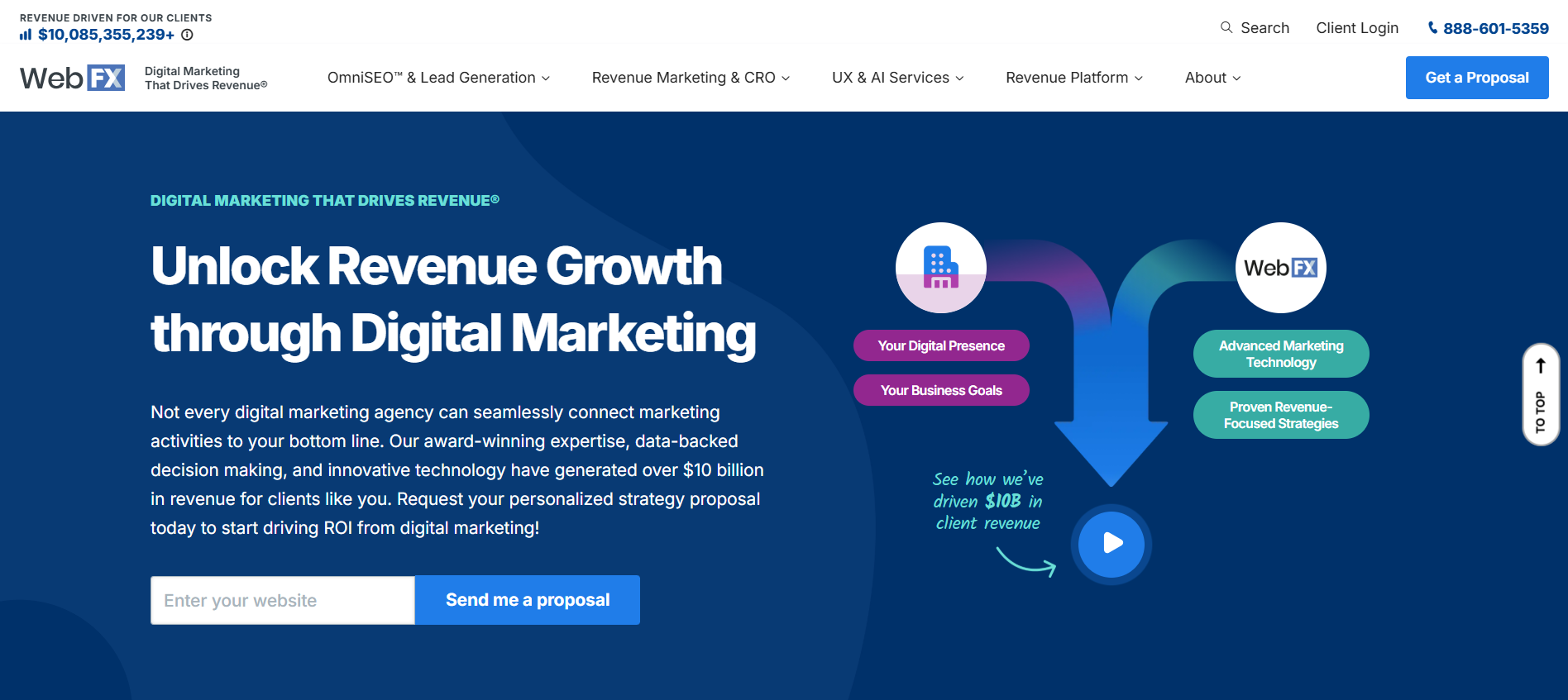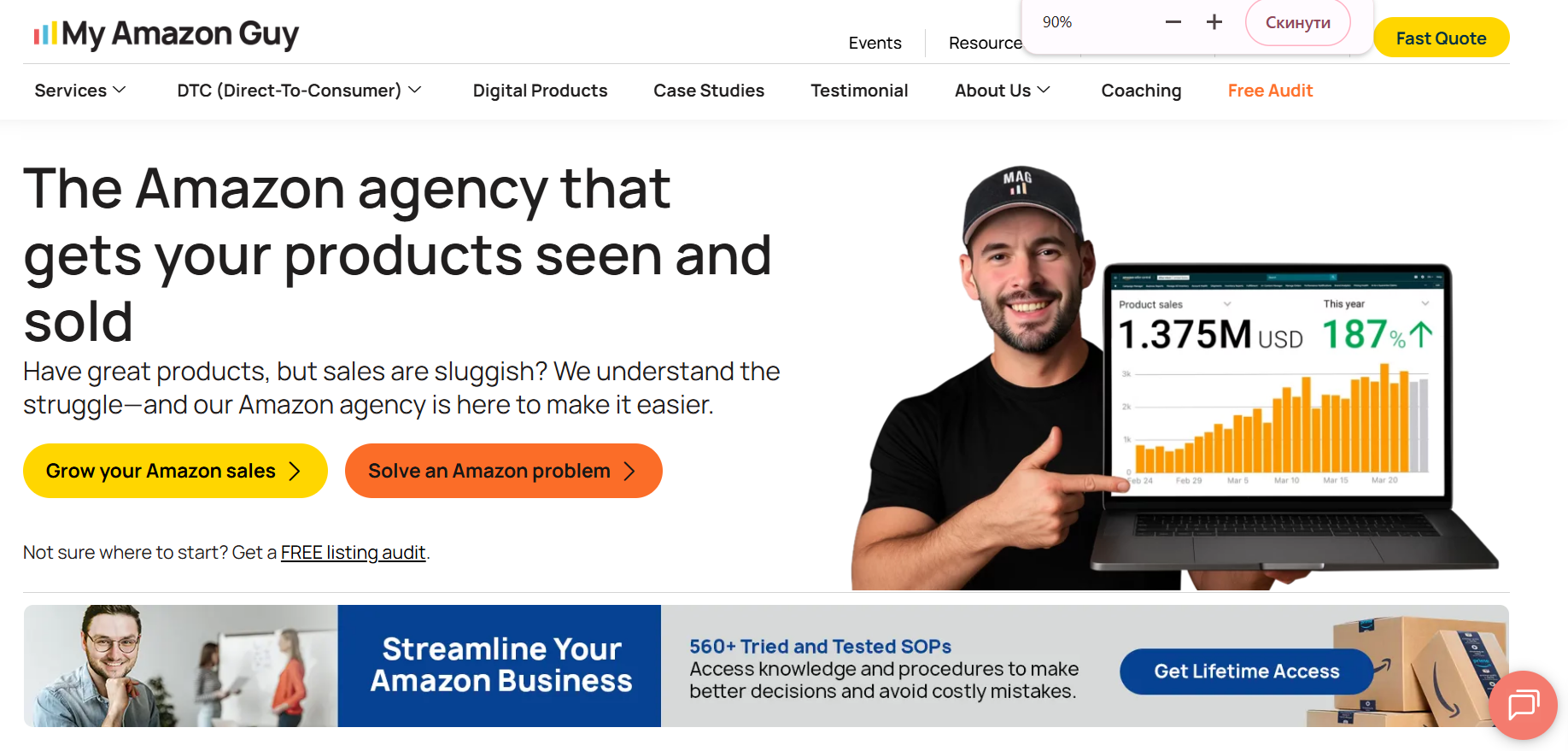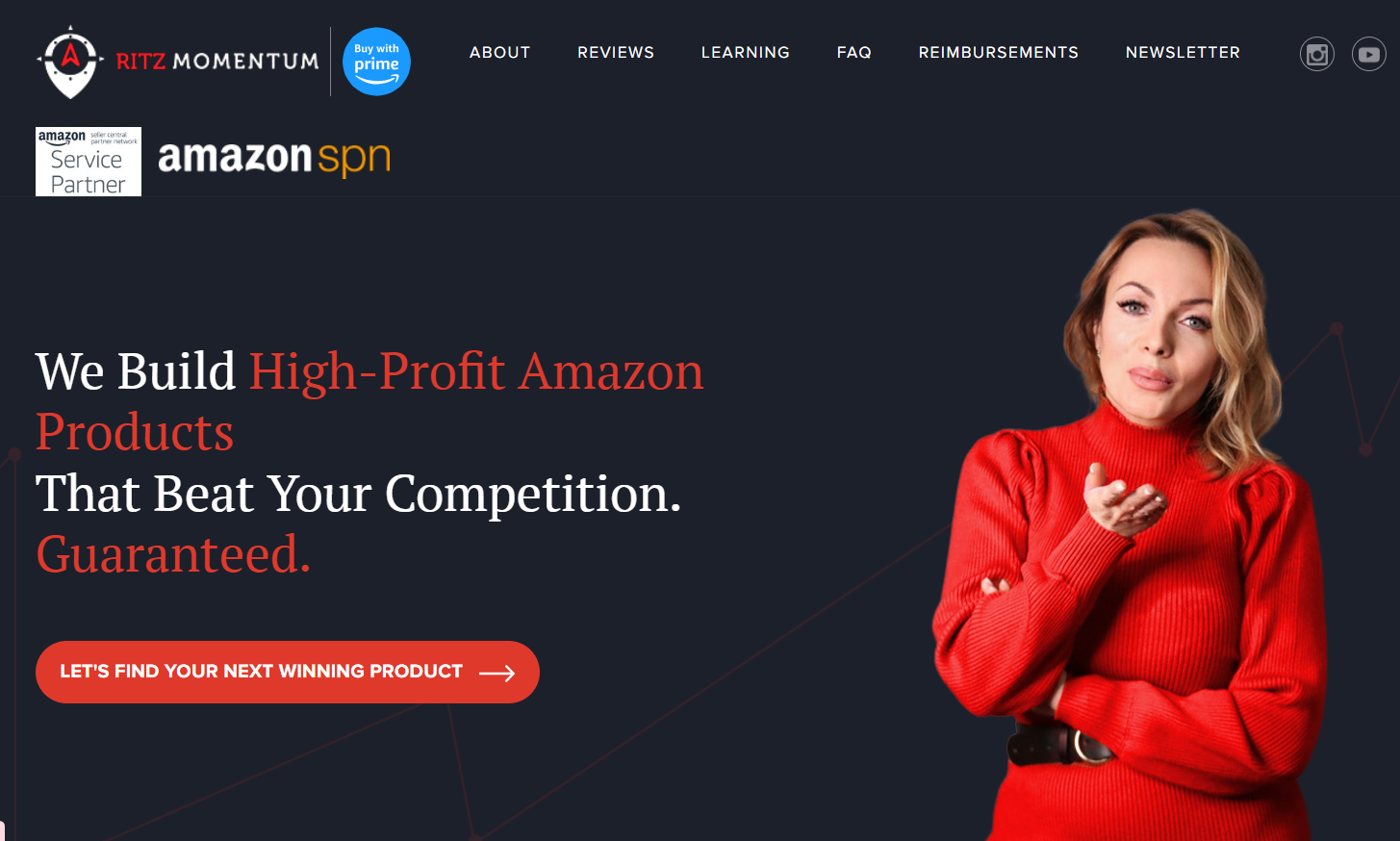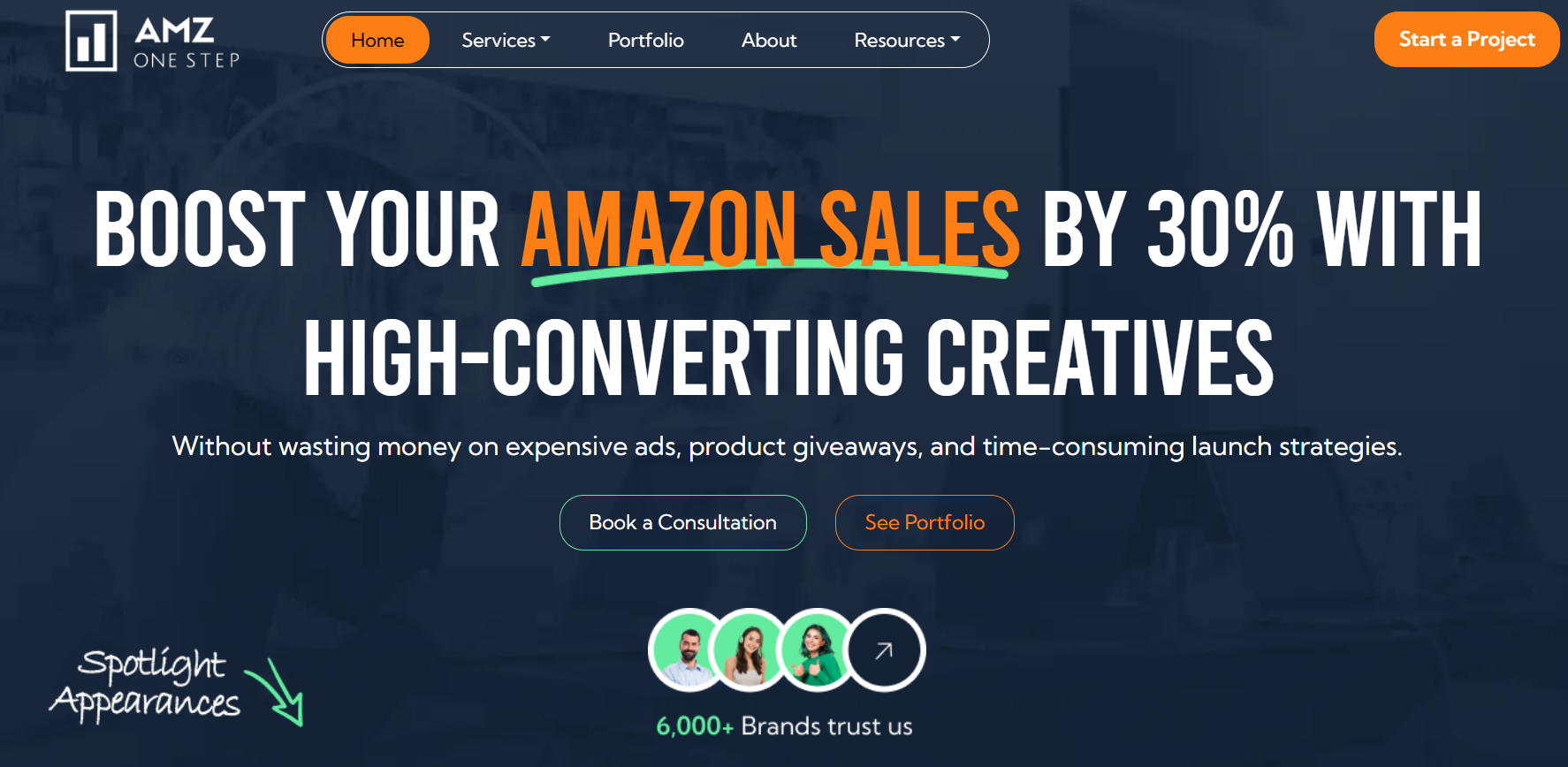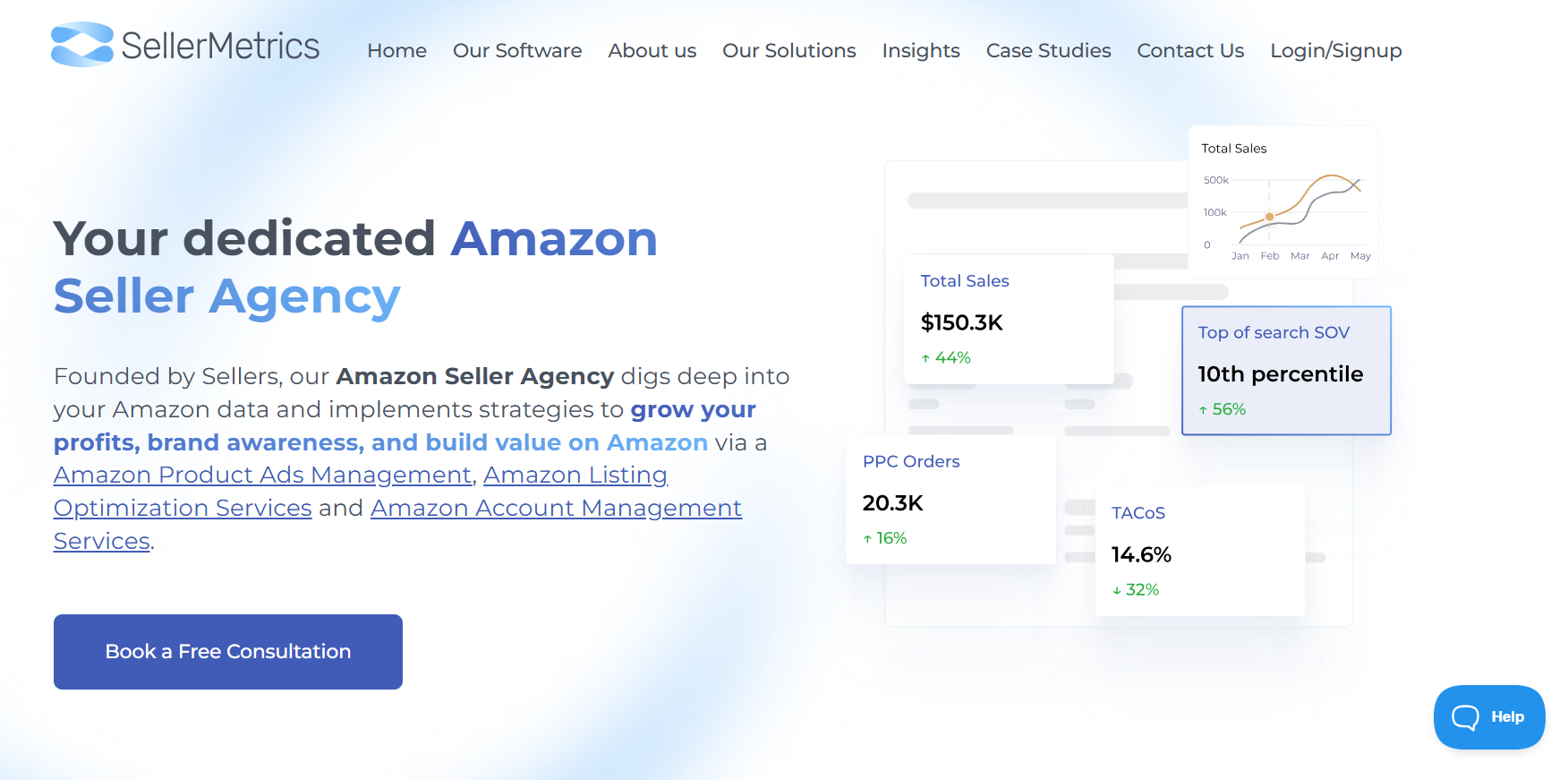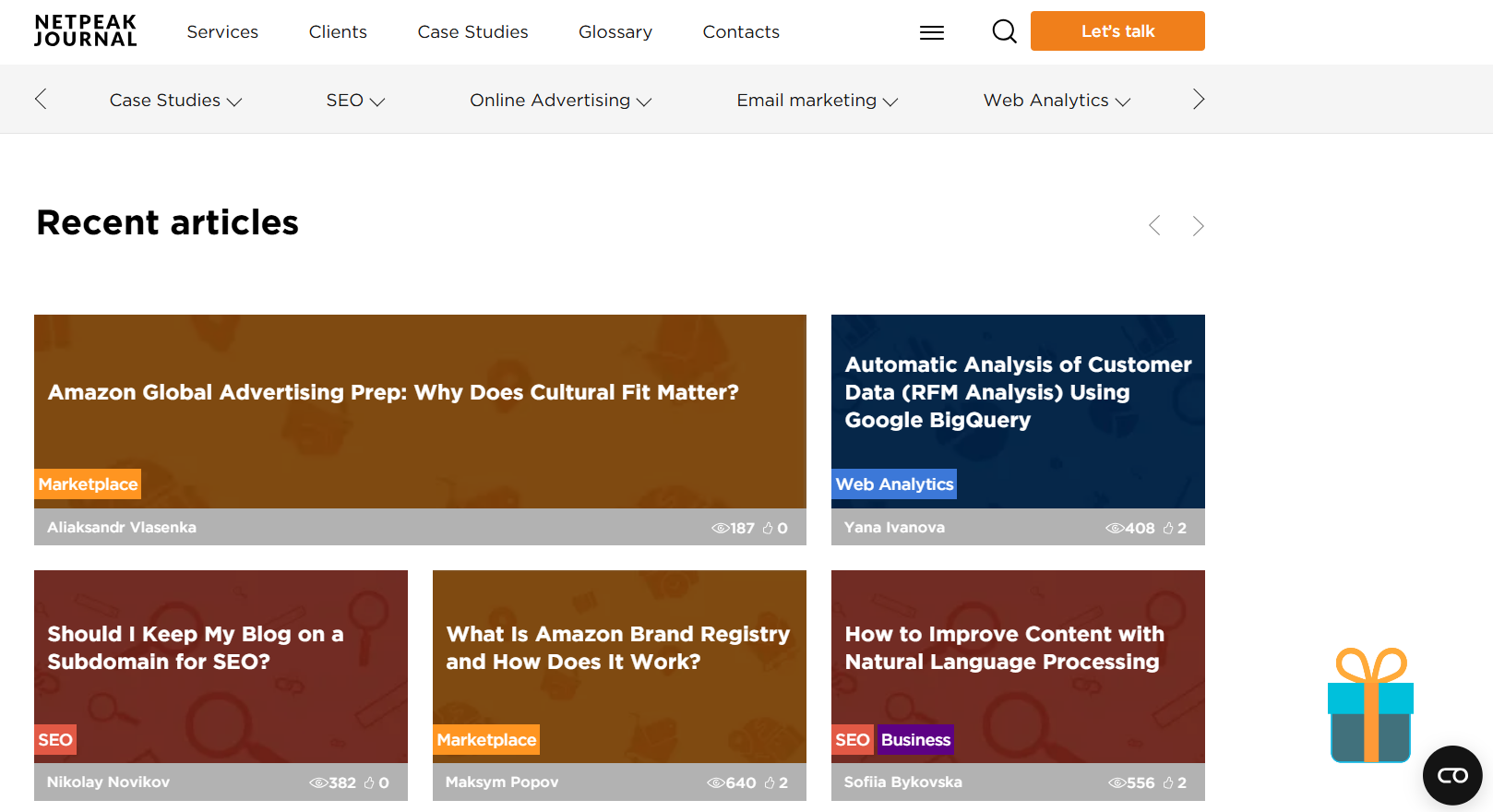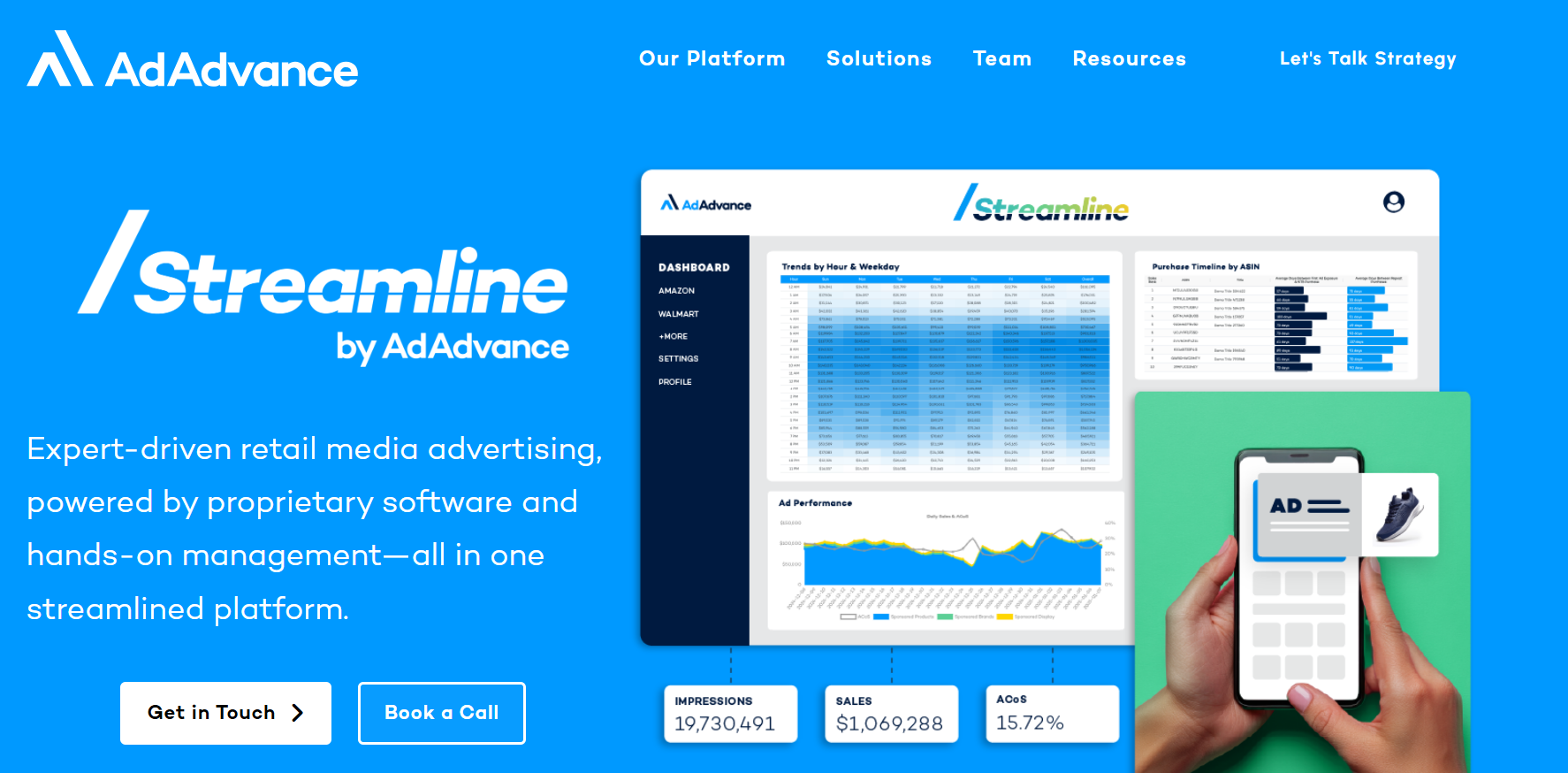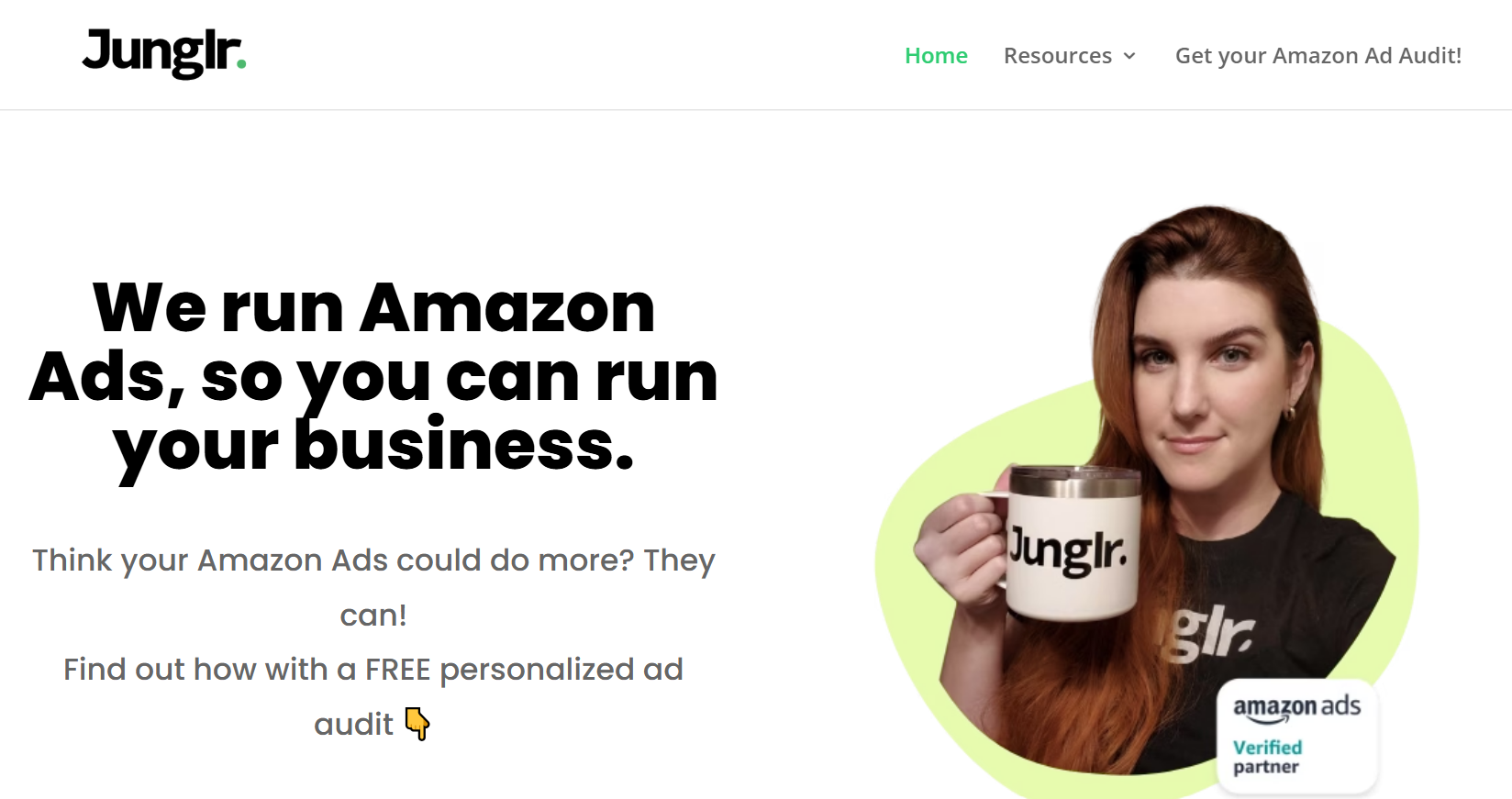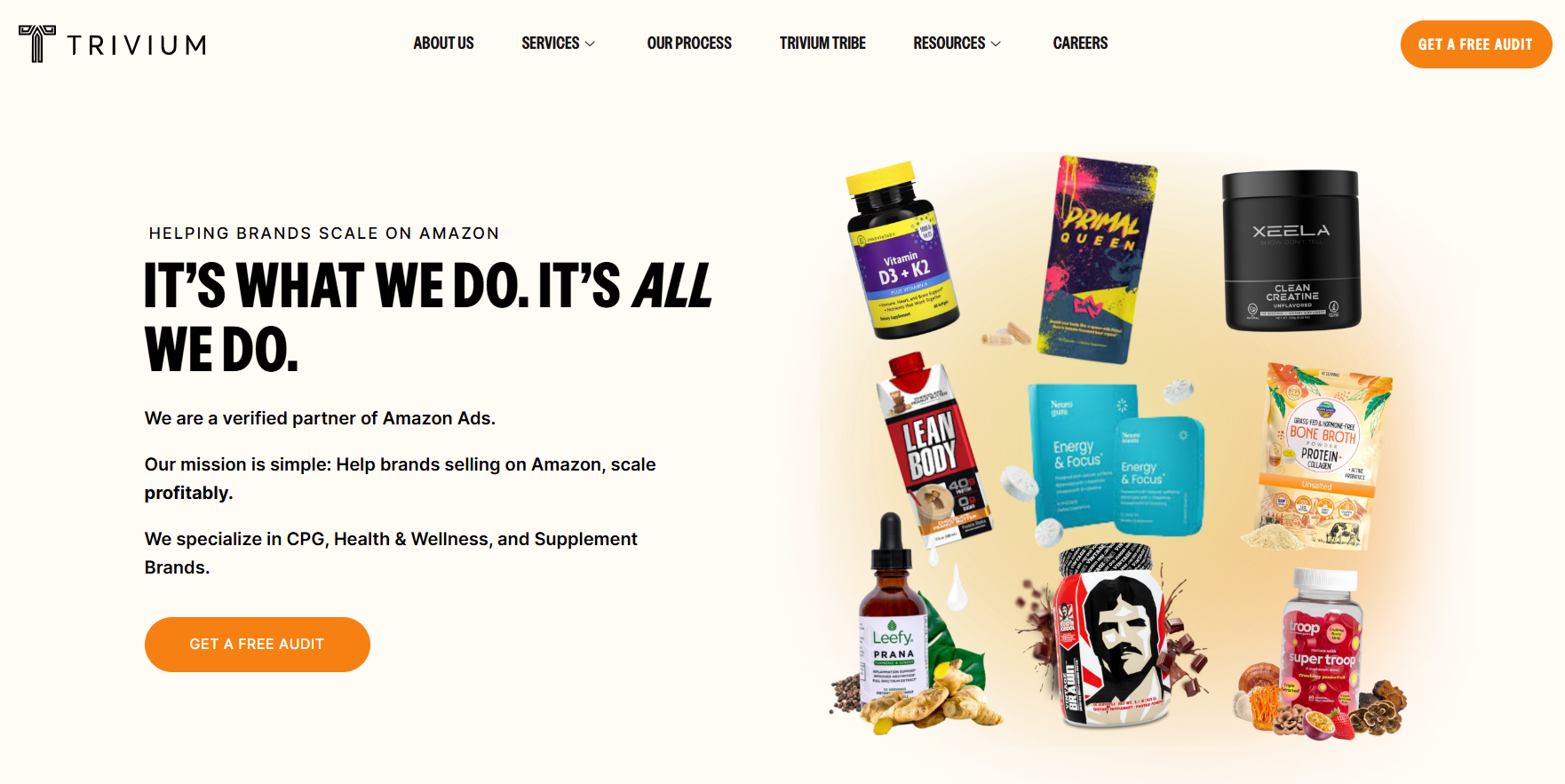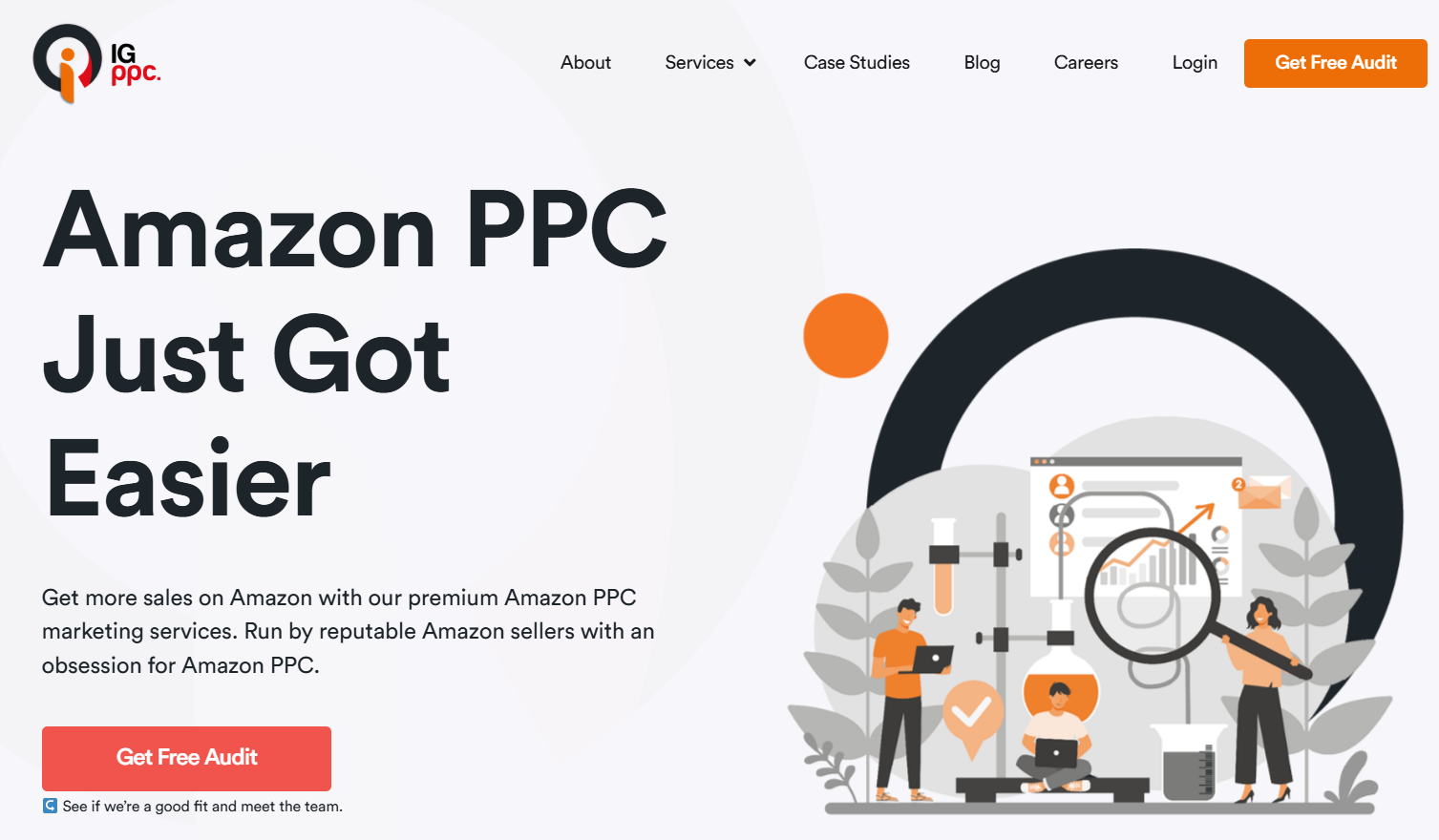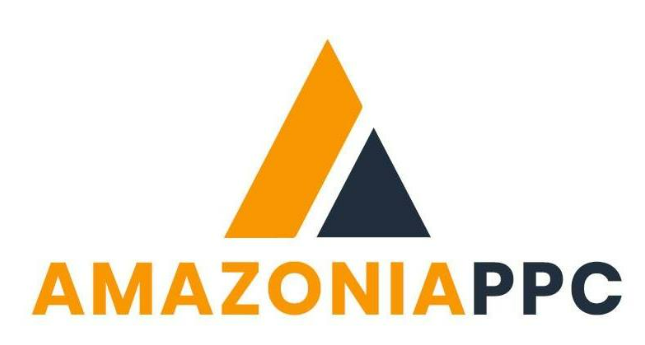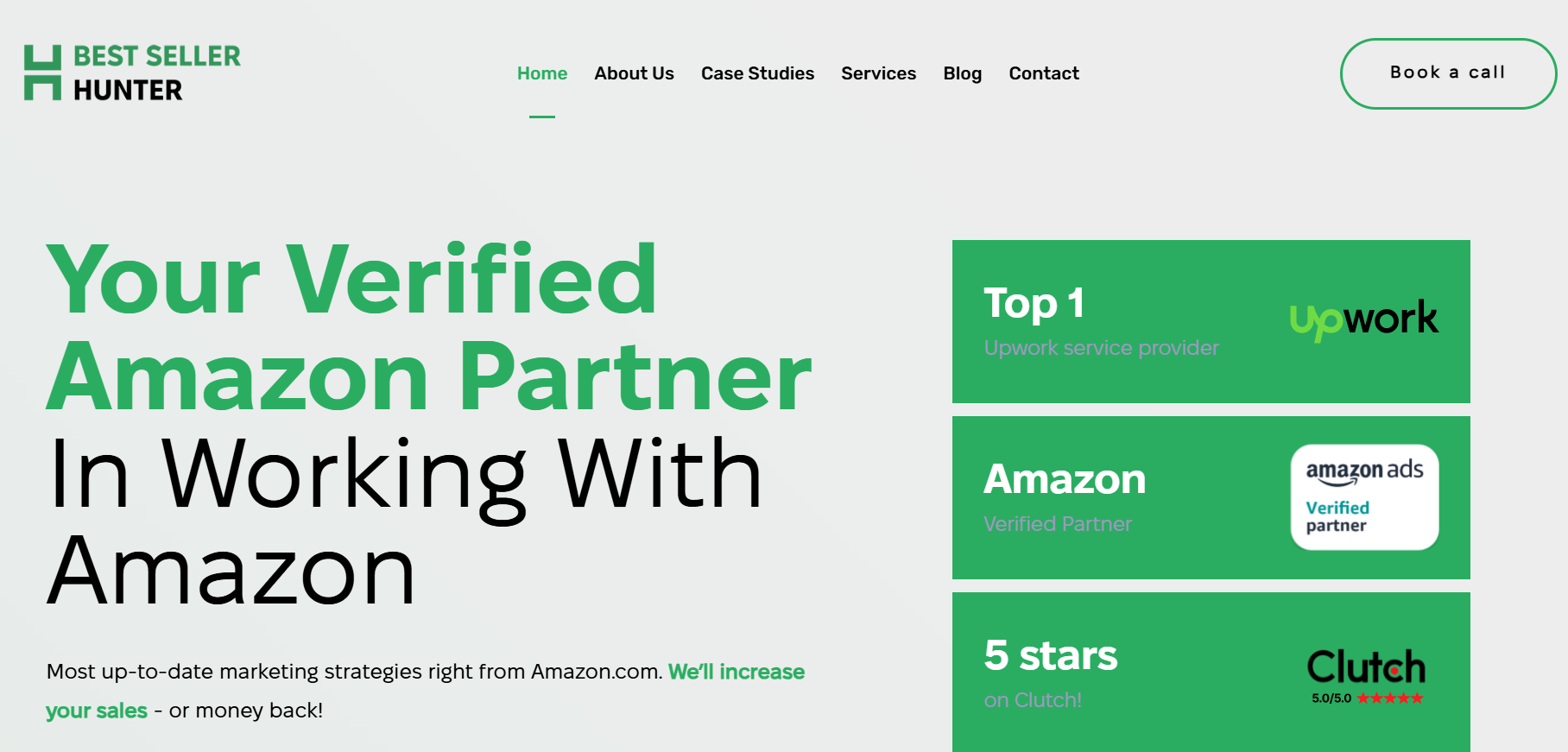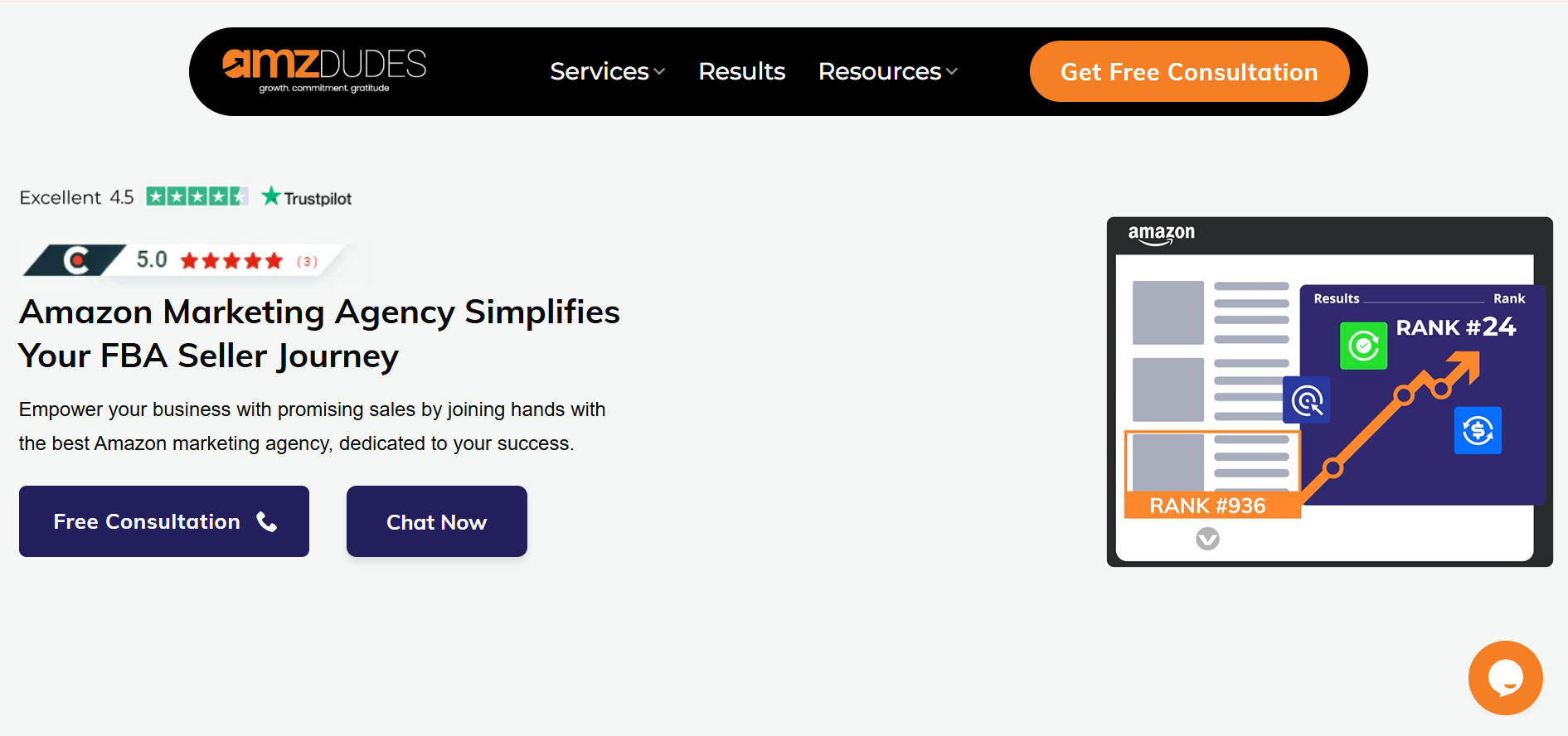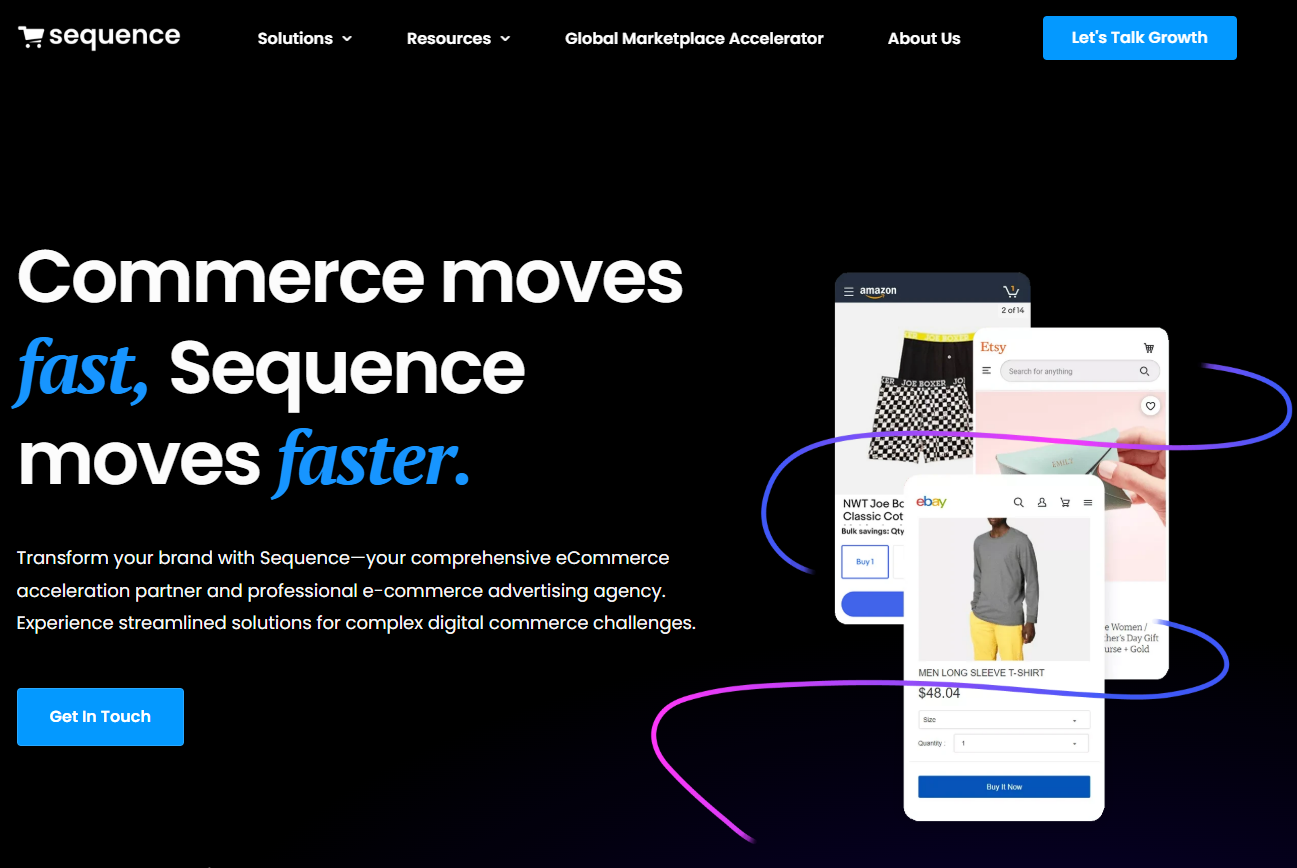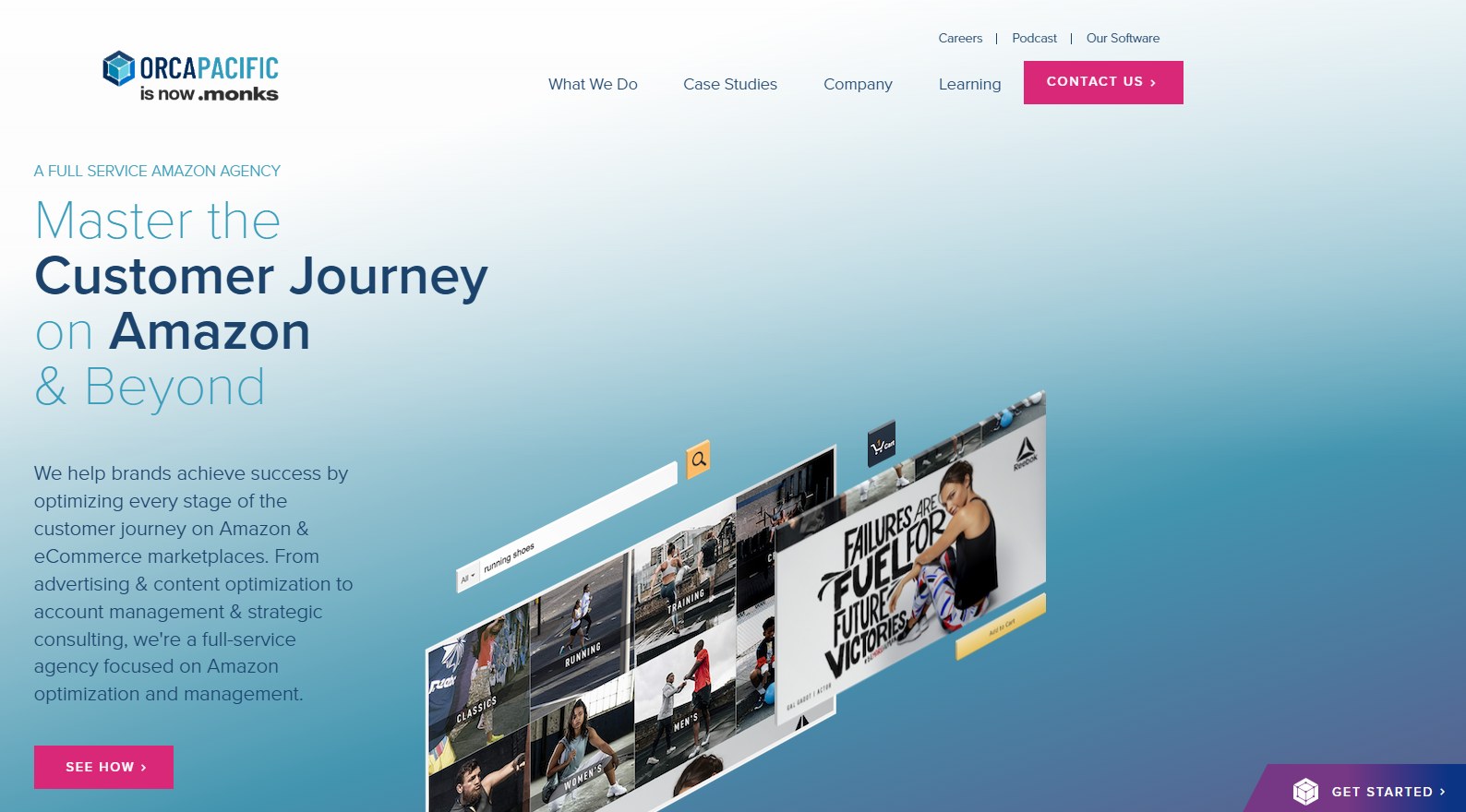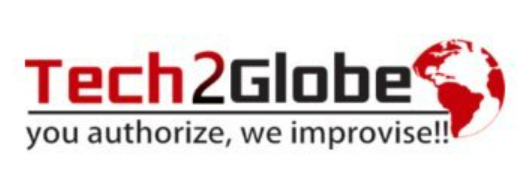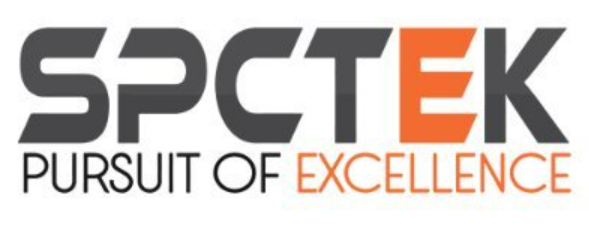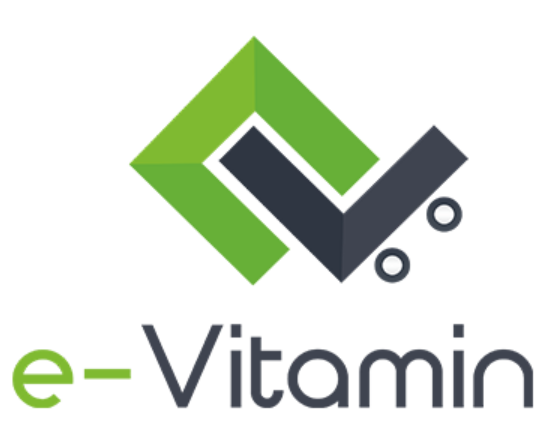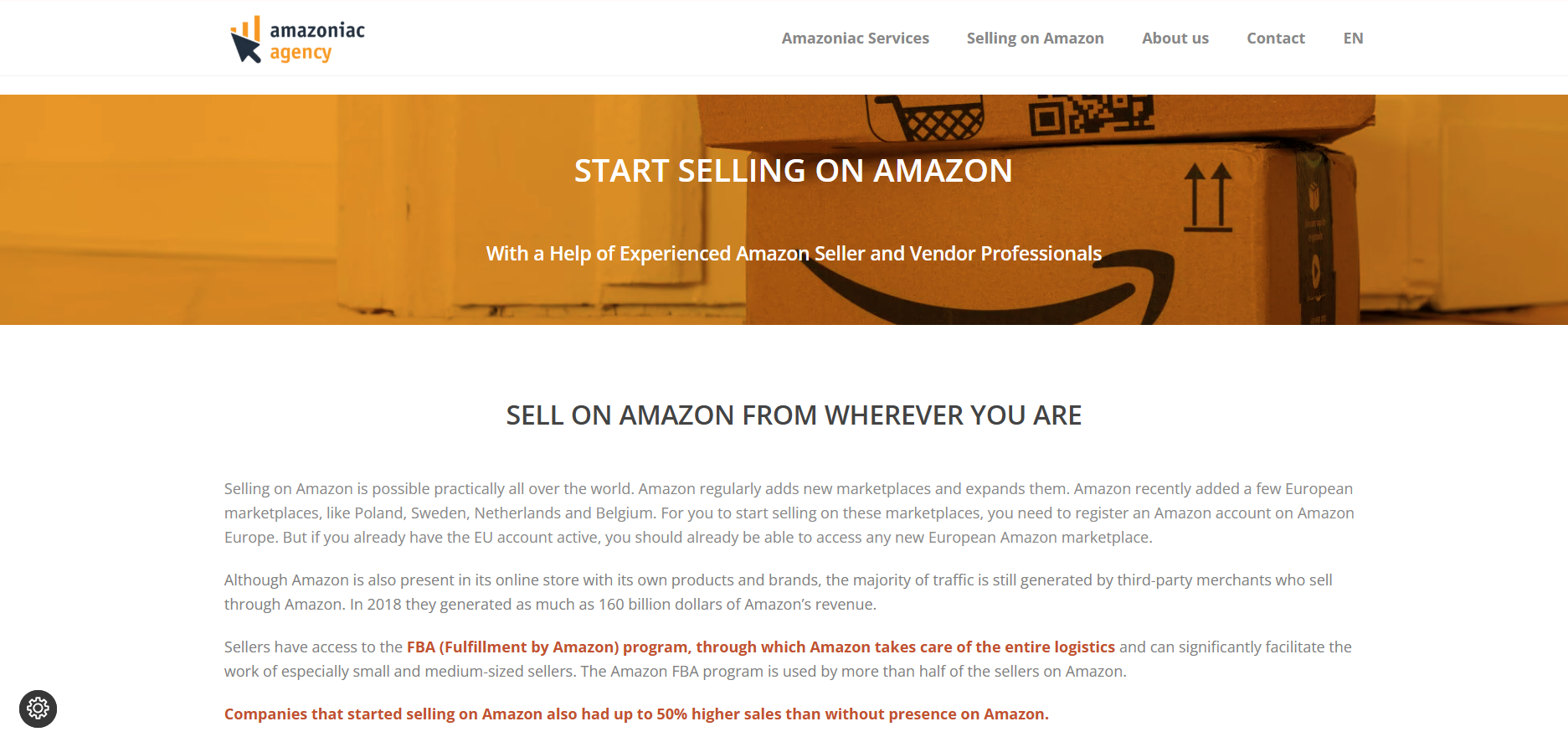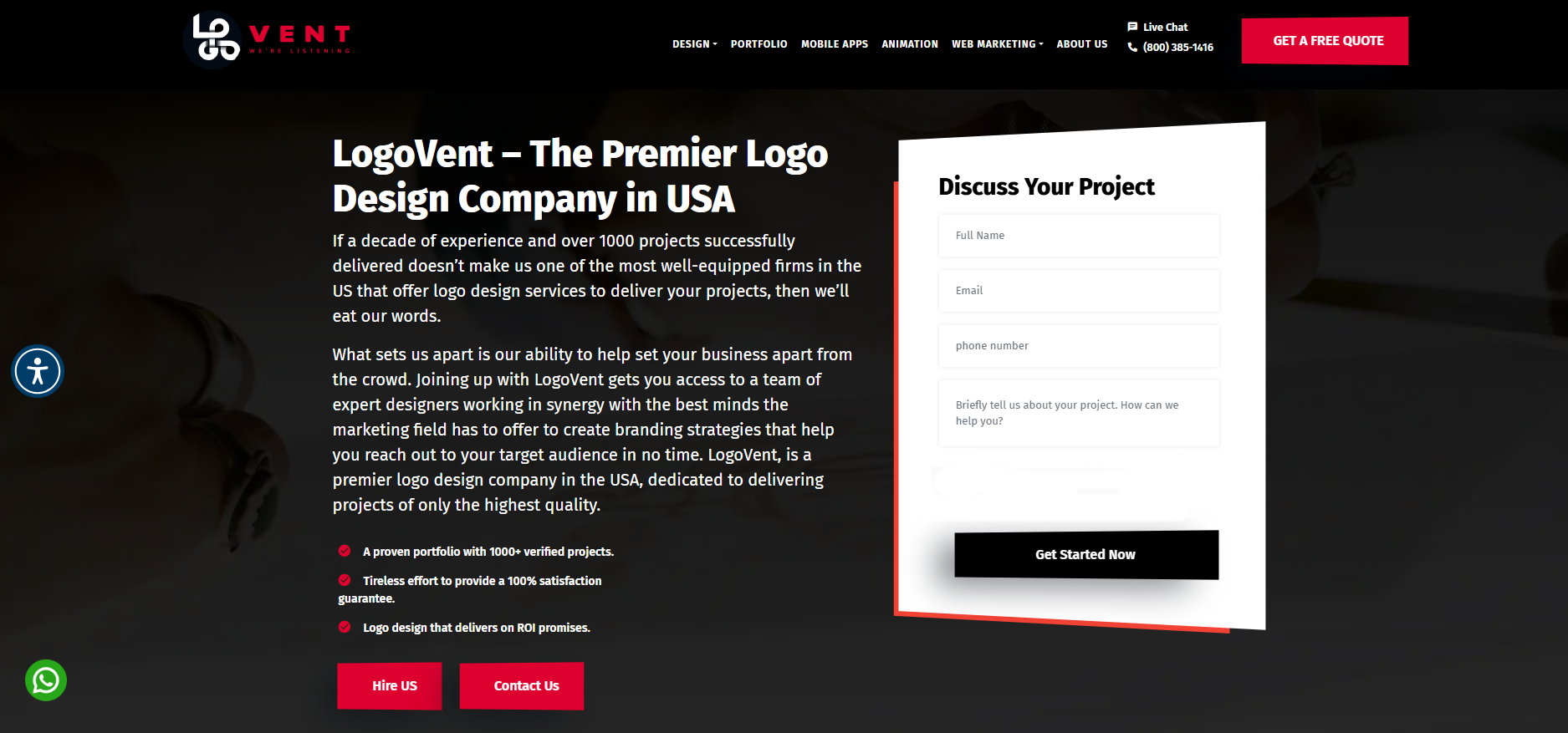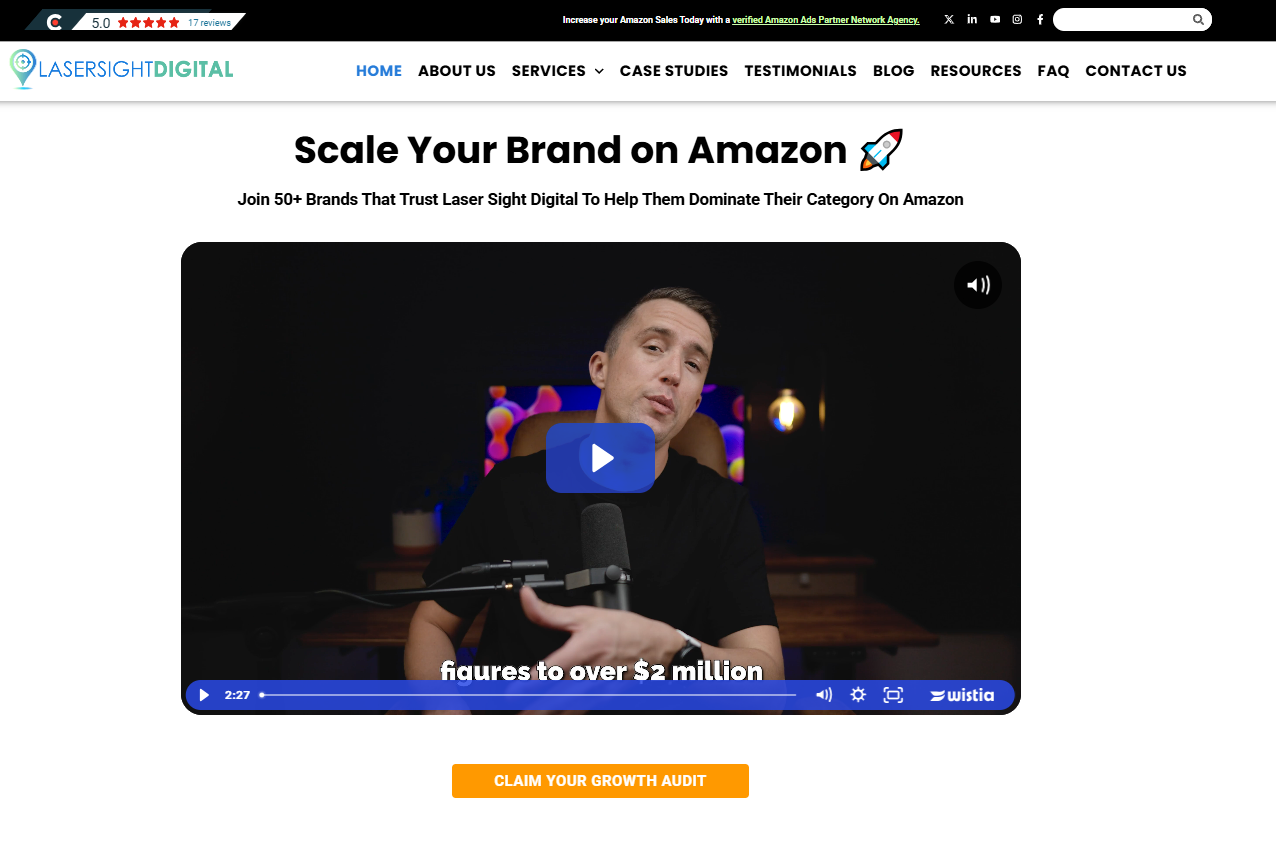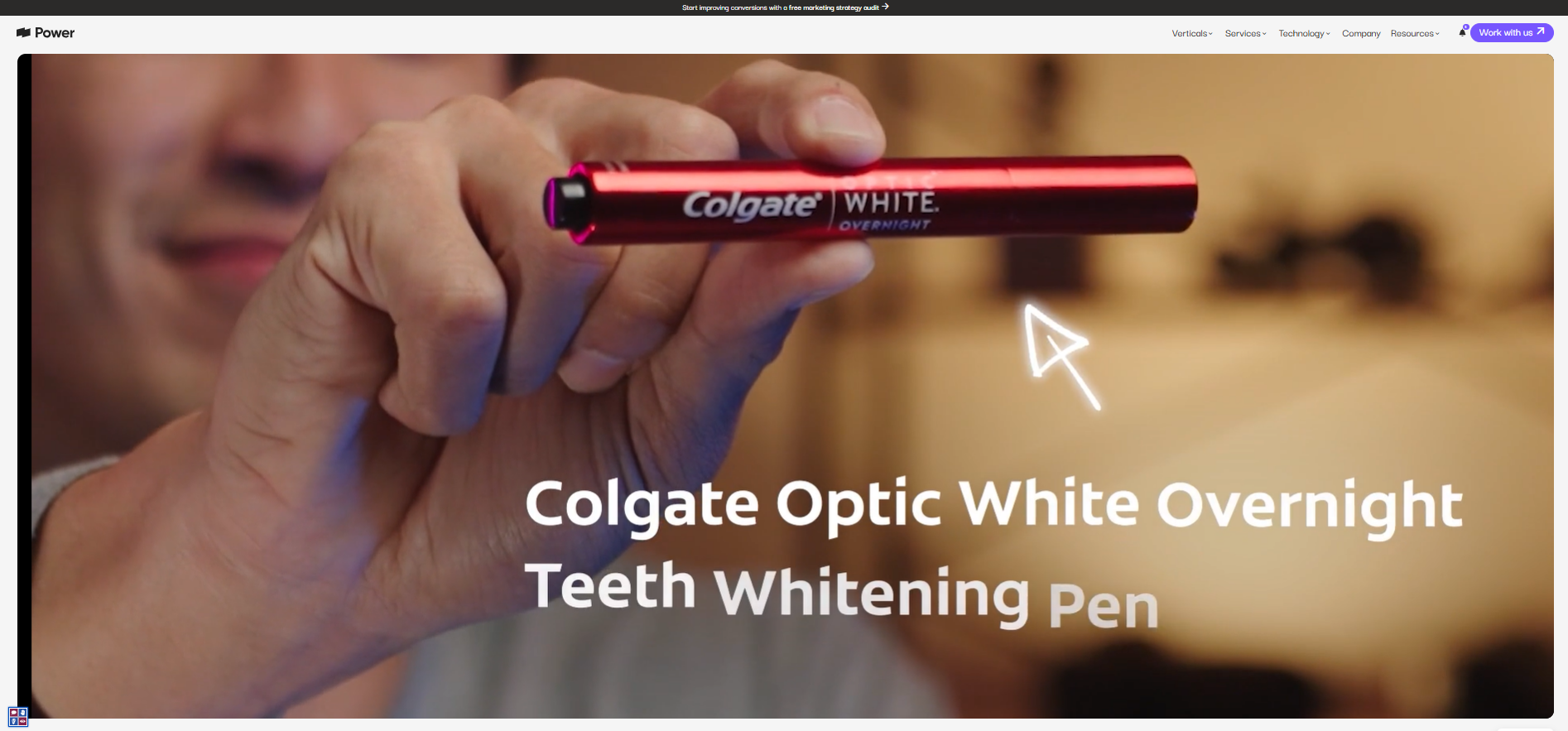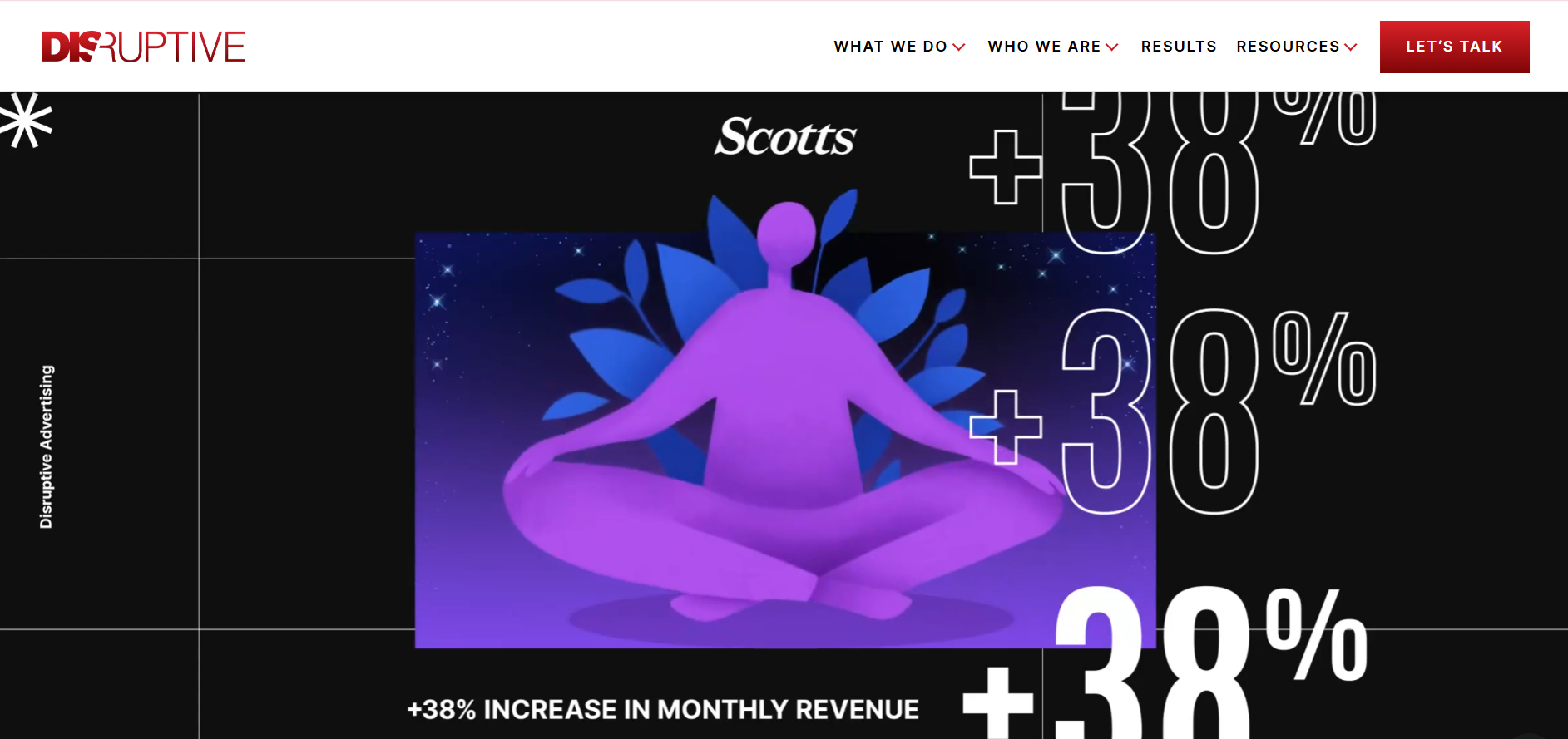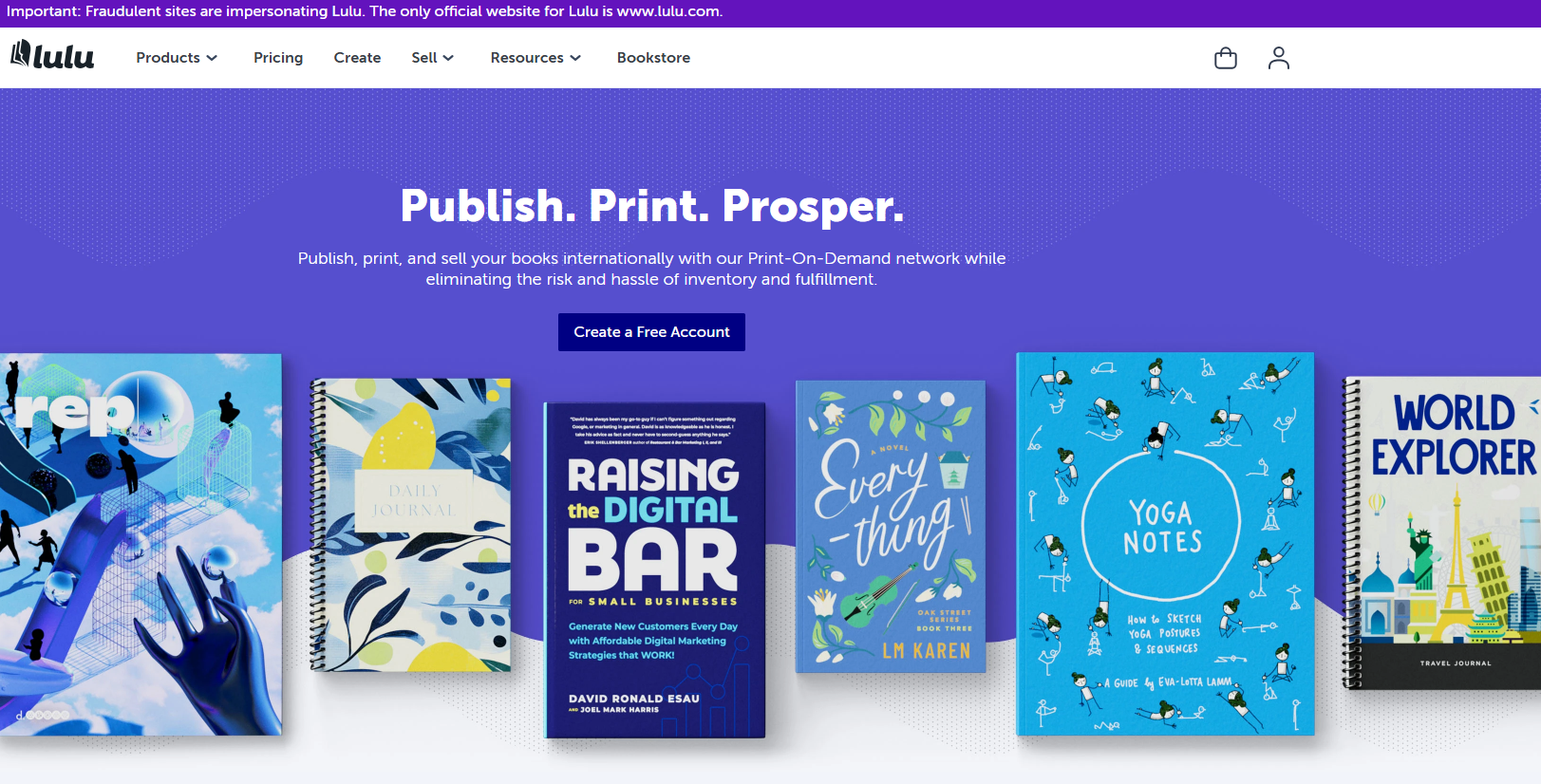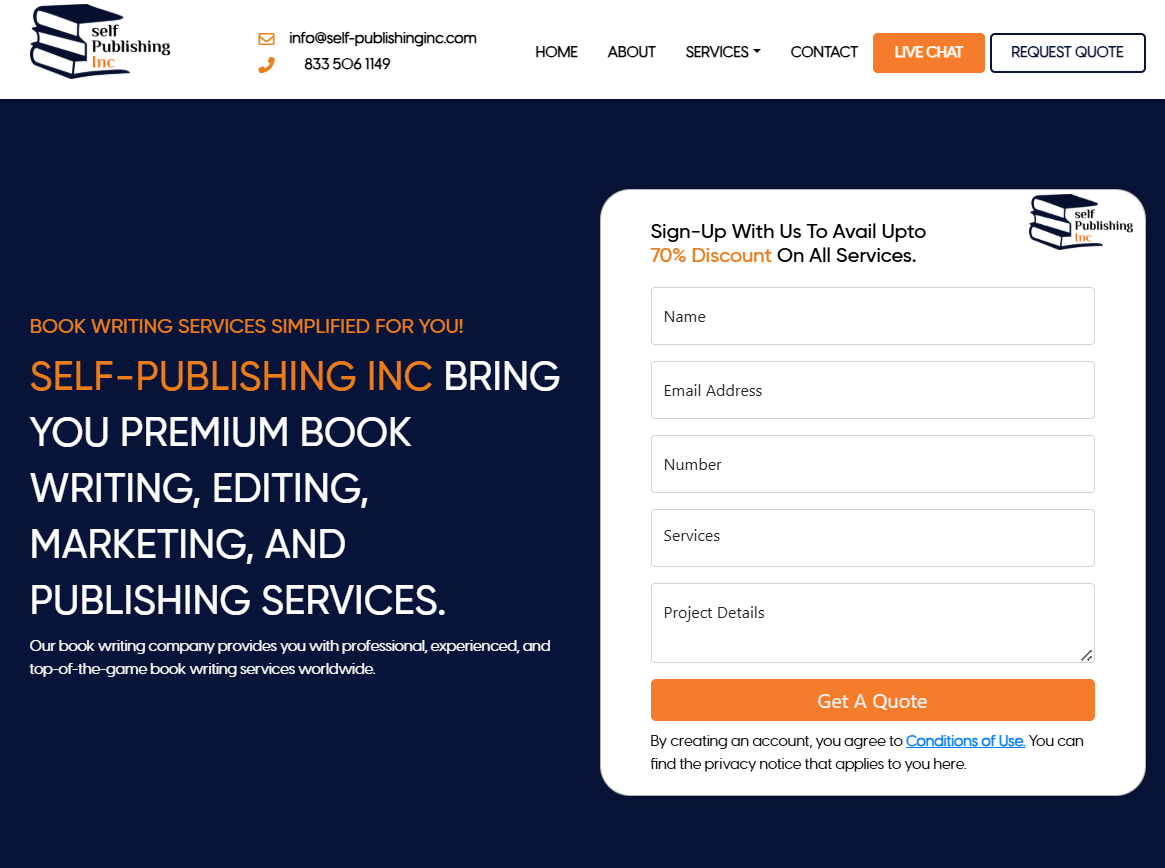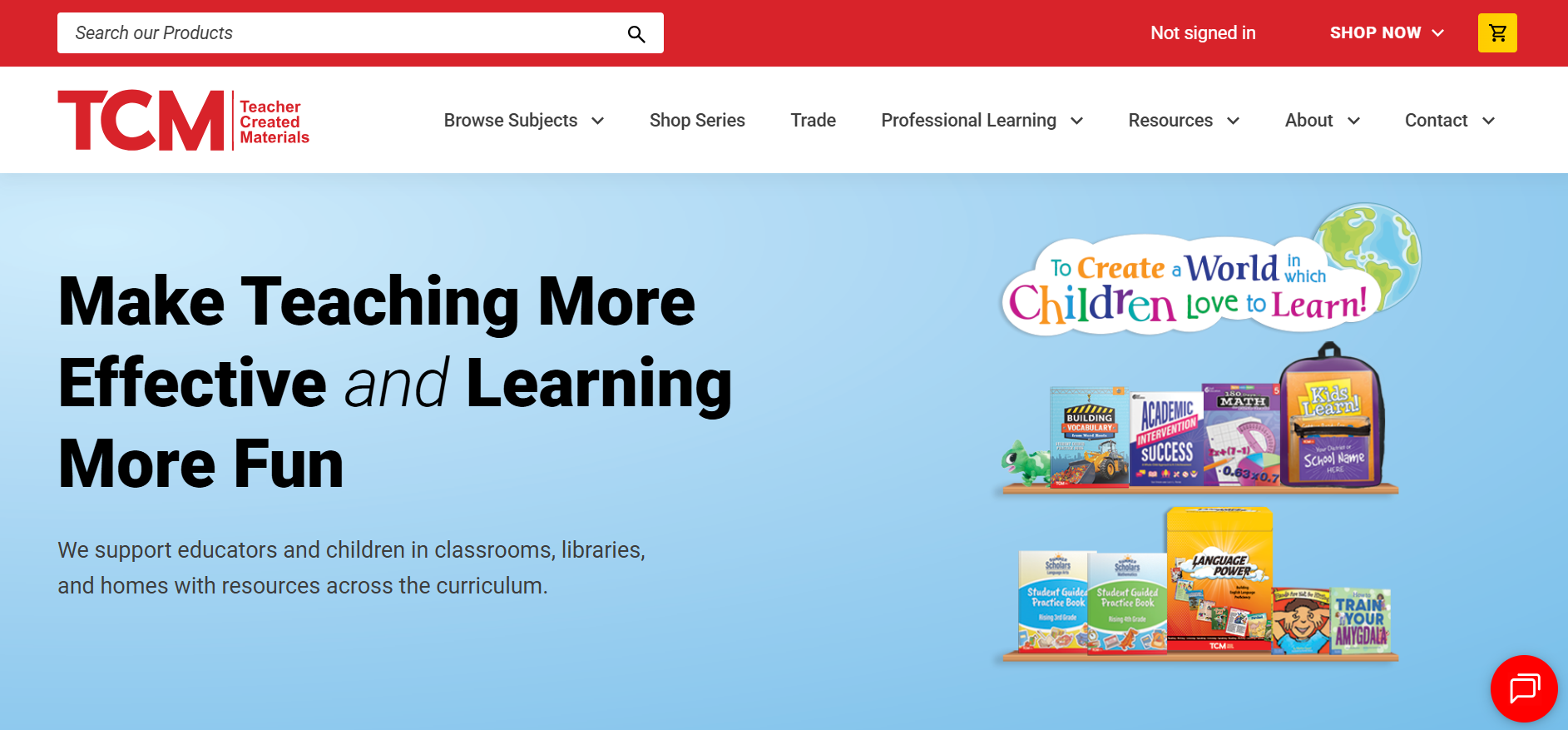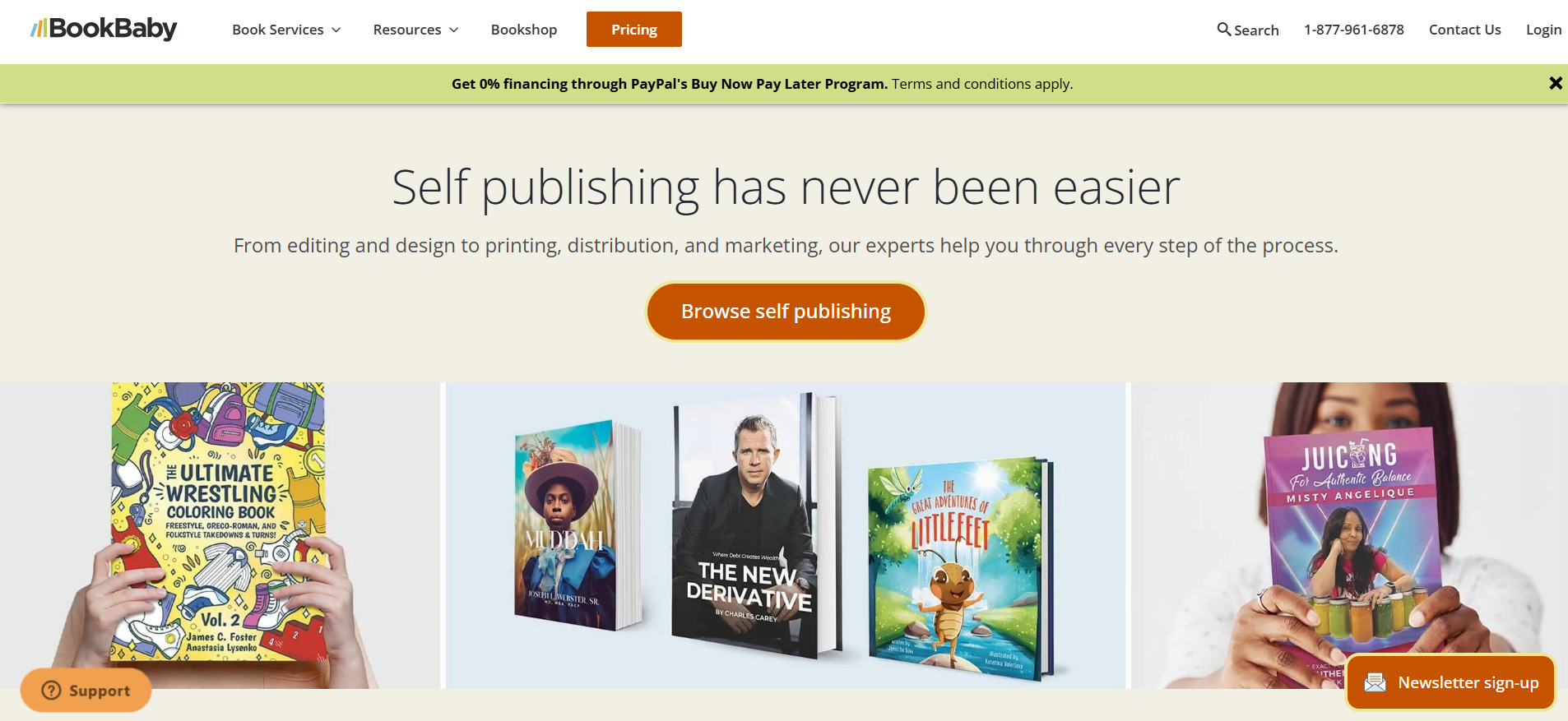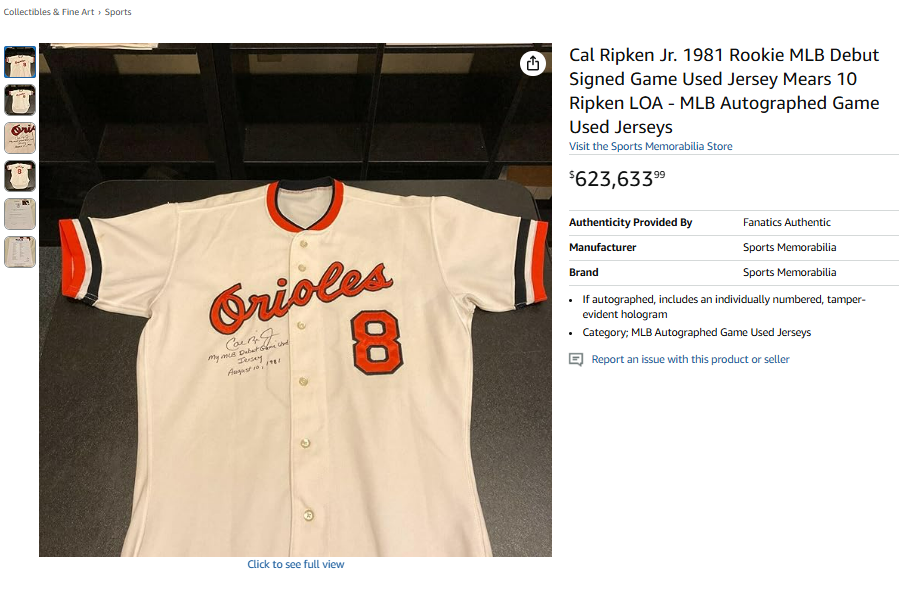Selling on Amazon isn’t as simple as throwing up a few product listings and calling it a day. Between the algorithm quirks, fierce competition, ever-changing rules, and the constant grind of optimization, it’s easy to feel overwhelmed. That’s where Amazon consulting companies come in. These firms specialize in helping brands navigate the chaos and actually thrive. From listing optimization and PPC to full-blown brand management, the right agency can be a game-changer. Let’s take a closer look at the top Amazon consultants based in the USA and what makes them worth considering.
1. WisePPC
At WisePPC, we focus on streamlining how brands manage and optimize their Amazon advertising through automation, advanced analytics, and customizable data tools. Our platform is built to take the heavy lifting out of campaign management so we can make quick, data-driven decisions without jumping between endless dashboards or exporting clunky spreadsheets. Whether we’re handling a handful of campaigns or an entire catalog, our tools scale with the business, making performance tracking and adjustments more efficient.
We offer services across the USA, helping sellers dig deeper than surface-level metrics to see what’s truly driving revenue and adapt their strategies accordingly. With real-time data, bulk actions, historical tracking, and AI-driven suggestions, we make Amazon campaign management feel less like guesswork and more like a system with clear levers to pull. For us, it’s about giving teams big or small a straightforward way to manage ad spend, monitor results, and understand the real impact of their efforts over time.
Key Highlights:
- Real-time performance tracking across key advertising metrics
- Centralized dashboard combining ad and sales data
- Visual tools like gradient tables and multi-metric charts for deeper insights
- Advanced filtering and segmentation for precise campaign analysis
- Inline editing and bulk action features to save time
- Long-term data storage beyond Amazon’s standard retention
- AI-powered suggestions for campaign optimization
- Upcoming features include dynamic repricing and inventory forecasting
Services:
- Campaign management automation
- Bulk editing for campaigns, ad groups, and targets
- Ad performance analysis by placement and targeting
- Historical sales and ad trend reporting
- Real-time ad spend and profitability tracking
- Segmentation by bid strategy, match type, and more
- Visual data analysis with customizable charts
- Planned features like AI-based bid adjustments and stock forecasting
Contact Information:
- Website: wiseppc.com
- E-mail: [email protected]
- Facebook: www.facebook.com/people/Wise-PPC/61573154427547
- LinkedIn: www.linkedin.com/company/wiseppc
- Instagram: www.instagram.com/wiseppc
2. Amazon Growth Lab
Amazon Growth Lab works with eCommerce businesses to improve their visibility and performance on Amazon through a mix of operational support, brand refinement, and data-focused tools. Their approach centers on optimizing the many variables that affect Amazon rankings, from listings and reviews to visuals and backend data. They use a mix of third-party software and proprietary tech to streamline workflows and adjust content based on real-time feedback and consumer trends. Their strategies are built around staying in sync with changes on Amazon and applying ongoing optimizations to maintain product momentum.
Rather than focusing only on ads, they provide a wide set of services touching every part of the Amazon sales process. This includes regular updates to listings, testing different types of visuals and copy, and using demographic feedback to refine content. From managing stock to monitoring pricing behavior, they help brands run a smoother operation across all levels of their Amazon presence. Their in-house tools and quarterly refreshes aim to keep listings aligned with changing marketplace behavior and audience expectations.
Key Highlights:
- Integrates multiple third-party and custom tools to track performance
- Regularly updates listings and creative assets based on real-world feedback
- Applies A/B testing to optimize product elements like titles, images, and copy
- Uses demographic analysis to tailor product visuals and messaging
- Centralizes monitoring of pricing, inventory, and reviews
- In-house tools developed for deeper optimization and control
Services:
- Listing optimization and performance audits
- Amazon advertising strategy and campaign management
- A/B split testing for content and visuals
- Photography, 3D renders, and infographic design
- Storefront and A+ content development
- Inventory and pricing monitoring
- Brand analytics and consumer insights
- Review management and seller behavior tracking
Contact Information:
- Website: www.amazongrowthlab.com
- E-mail: [email protected]
- Facebook: www.facebook.com/amazongrowthlab
- Instagram: www.instagram.com/amazongrowthlab
- Address: 9696 Culver Blvd Culver City, CA, 90232, USA
- Phone: 1 (323) 310-0720
3. Nuanced Media
Nuanced Media focuses on guiding brands through the complex environment of Amazon and wider eCommerce platforms by combining strategic planning with performance marketing. Their services often begin with an audit or discovery process to identify what’s already working and where adjustments are needed. The team builds out personalized growth plans that include ad campaigns, product listing improvements, and long-term brand strategy. While Amazon is a major part of their focus, they also help brands expand to other sales channels when timing makes sense.
Their model includes hands-on involvement through what they describe as fractional CMO services, where clients get strategic leadership across marketing functions. By aligning creative, PPC, and conversion strategies, they aim to keep sellers ahead of shifting algorithms and market conditions. Nuanced Media tends to focus heavily on ROI, tracking campaigns closely, and iterating often to find efficiencies. Their team also supports retail readiness, helping brands transition into omnichannel sales, including both Amazon and non-Amazon touchpoints.
Key Highlights:
- Strategy-first model built around long-term growth
- Combines PPC management with broader brand development
- Offers fractional CMO services to support cross-channel leadership
- Prioritizes detailed campaign tracking and adjustment
- Deep focus on customer journey and conversion rate optimization
- Expands efforts beyond Amazon into retail and omnichannel growth
Services:
- PPC and DSP advertising strategy and execution
- Product listing creation and optimization
- Review aggregation and management
- Omnichannel marketing planning and rollout
- Creative content and brand storytelling
- SEO for Amazon and product page improvements
- Google Ads and affiliate marketing support
- Amazon Fresh and Seller Account management
Contact Information:
- Website: nuancedmedia.com
- Facebook: www.facebook.com/NuancedMedia
- Twitter: x.com/NuancedMedia
- LinkedIn: www.linkedin.com/company/nuanced-media
- Address: 100 N Stone Ave, Suite 305 Tucson, Arizona 85701, United States
- Phone: (520) 441-3131
4. Intero Digital
Intero Digital provides integrated marketing support with a team structure that covers everything from Amazon-specific services to broader digital campaigns. Their model brings together professionals from different marketing backgrounds into a single framework so clients don’t have to juggle multiple vendors. They place a lot of emphasis on building a consistent customer journey, backed by proprietary AI tools like InteroBOT, which help them simulate how search engines and marketplaces interpret and rank content.
Their Amazon services are part of a wider offering that spans paid media, SEO, web development, and influencer outreach. This makes them a fit for brands looking to unify their digital efforts under one roof. Rather than working on Amazon in isolation, Intero Digital aligns Amazon activity with broader goals such as website optimization, email campaigns, and social media engagement. Their tools help track performance and streamline execution, and they emphasize results across the full marketing funnel.
Key Highlights:
- Combines Amazon services with complete digital marketing support
- Uses proprietary AI tools to audit and forecast campaign performance
- Offers a team-based structure to unify all marketing activities
- Focuses on aligning Amazon sales with the wider customer journey
- Helps manage paid, organic, and influencer campaigns from one system
- Experience with long-term growth strategies for multi-channel brands
Services:
- Amazon marketing and sales optimization
- Paid media planning and management
- Full-funnel SEO and link building
- Product page content and conversion optimization
- Influencer marketing and digital PR
- Web design, CRO, and analytics
- Email campaigns and creative content strategy
- Performance tracking with AI-driven tools
Contact Information:
- Website: www.interodigital.com
- E-mail: [email protected]
- Facebook: www.facebook.com/interodigital
- LinkedIn: www.linkedin.com/company/interodigital
- Instagram: www.instagram.com/intero_digital
- Address: 5475 Mark Dabling Blvd #210 Colorado Springs, CO 80918, USA
- Phone: (719) 725-6400
5. Sellozo
Sellozo provides Amazon sellers with a mix of automation software and managed PPC services, aiming to simplify campaign management while improving efficiency. Their platform combines automated features like campaign dayparting, keyword harvesting, and budget optimization with human support from a U.S.-based team. They place a lot of focus on cutting down manual tasks and helping brands make better use of ad budgets through structured campaign design and testing.
Their system is built around combining AI tools with strategic input from their team to support both sellers and vendors across Amazon marketplaces. With a visual campaign builder and integrated analytics, users can monitor performance at the product level and refine their ad strategy over time. Sellozo’s model gives sellers the option to either manage campaigns directly through their tools or hand them over to their specialists for full management.
Key Highlights:
- Visual PPC campaign builder with drag-and-drop interface
- AI-powered dayparting and keyword optimization tools
- Support for both Seller Central and Vendor Central
- Access to real-time analytics via the ProductVu dashboard
- Optional fully managed service handled by U.S.-based experts
- Focus on reducing wasted ad spend through campaign structure
Services:
- Amazon PPC campaign management
- Campaign strategy design and optimization
- Keyword research and discovery
- Ad scheduling using hourly performance data
- Performance analysis and budget control
- Sponsored Product, Brand, Display, Video, and DSP ads
- Analytics reporting through custom dashboards
Contact Information:
- Website: www.sellozo.com
- E-mail: [email protected]
- Facebook: www.facebook.com/sellozo
- Twitter: x.com/sellozoofficial
- LinkedIn: www.linkedin.com/company/sellozo
- Instagram: www.instagram.com/sellozoofficial
- Address: Netrush LLC 17801 SE 6th Way, Suite 100, Vancouver, WA 98683, USA
- Phone: 520-360-3393
6. Amify
Amify operates as a full-service Amazon partner, offering support across account management, advertising, creative, logistics, and strategy. Their structure is designed to function as an extension of a brand’s internal team, providing hands-on support across all key areas of selling on Amazon. They handle setup, listing optimization, supply chain strategy, and unauthorized seller removal, aiming to streamline the operational side while optimizing visibility and conversions.
Their services are backed by proprietary tools and a team experienced in direct-to-consumer growth. The platform is designed to provide sellers with analytics that help them spot new opportunities and stay competitive. From running PPC campaigns to creating A+ content, Amify’s focus is on aligning brand presentation and marketplace performance under one framework.
Key Highlights:
- End-to-end Amazon support across creative, operations, and analytics
- In-house tools for market and performance analysis
- Strategy aligned with customer acquisition and retention goals
- Focus on protecting brand integrity through seller monitoring
- Integrated advertising and storefront development
Services:
- Amazon account setup and ongoing platform management
- Brand protection and case resolution support
- Amazon PPC strategy and media execution
- SEO and product content optimization
- A+ content and storefront creative
- Category and customer analytics for growth planning
- Inventory tracking and returns coordination
Contact Information:
- Website: goamify.com
- E-mail: [email protected]
- Facebook: www.facebook.com/GoAmify
- LinkedIn: www.linkedin.com/company/amify
- Address: 2722 Erie Ave STE 219, #80215 Cincinnati, OH 45308, USA
7. Incrementum Digital
Incrementum Digital supports brands on Amazon through a combination of managed services, in-house analytics, and tailored creative work. Their focus is on combining performance marketing with hands-on guidance, helping sellers reduce friction in managing campaigns and product content. Their proprietary tool, DataOwl™, centralizes advertising and sales data to inform strategy decisions with clearer insights.
Their approach spans multiple areas, including ad optimization, account auditing, and content production. With experience across Amazon DSP and Marketing Cloud, they provide data-backed recommendations for campaign targeting and audience reach. Alongside Amazon, they also work with other retail media platforms and creative services, giving brands a broader foundation for performance and growth.
Key Highlights:
- Centralized analytics platform integrating Amazon and DSP data
- Personalized service model with custom-built strategies
- Coverage of multiple retail media channels
- Experience with Amazon Marketing Cloud and lifetime value tracking
- Content services aligned with brand storytelling and conversion
Services:
- Amazon advertising strategy and campaign execution
- Account audits and performance reporting
- Amazon DSP and audience targeting
- Creative production including content and imagery
- Retail media planning and expansion
- Data insights through proprietary tools like DataOwl
Contact Information:
- Website: incrementumdigital.com
- Facebook: www.facebook.com/Incrementumdigital
- LinkedIn: www.linkedin.com/company/incrementumdigital-com
- Instagram: www.instagram.com/incrementumteam
8. EliCommerce
EliCommerce works with brands that want to expand their presence and performance on Amazon. They handle everything from listing optimization and PPC to ranking strategies and account growth management. Their team looks at the Amazon marketplace as a system of moving parts, where every product listing is treated like a micro-business that needs attention, updates, and strategic support. They approach challenges by identifying where gaps exist and use both tools and manual processes to improve visibility, protect brands, and support long-term growth.
One thing they emphasize is protecting brand reputation and ownership through enforcement measures and 24/7 monitoring. At the same time, they dig into performance through keyword research, competitor tracking, and copywriting that’s meant to increase conversion. While their services are wide-ranging, much of their work is rooted in optimizing listings for visibility, maintaining pricing standards, and creating clear, well-organized strategies for scaling on Amazon.
Key Highlights:
- Focuses on ranking products through keyword optimization and content updates
- Offers enforcement against counterfeiters and unauthorized sellers
- 24/7 monitoring and brand support services
- Custom listing content, visuals, and keyword-driven copywriting
- Emphasis on account growth beyond just management
- Works with international markets and multilingual listings
Services:
- Amazon account growth and strategy planning
- Product listing creation and optimization
- Amazon PPC and advertising campaign management
- Product ranking and keyword research
- Review management and reporting
- Brand protection and seller enforcement
- Pricing and market analysis
- Inventory and FBA logistics support
- International listing optimization
Contact Information:
- Website: elicommerce.com
- E-mail: [email protected]
- Twitter: x.com/EliCommerceAMZ
- LinkedIn: www.linkedin.com/company/elicommerce
- Address: 1728 S La Cienega Blvd Los Angeles, CA 90035, USA
- Phone: 310-310-1346
9. Skale Strategy
Skale Strategy provides full-scale Amazon marketing services tailored to sellers who need help across both day-to-day operations and long-term planning. Their support includes PPC, SEO, catalog work, creative development, and compliance. They offer different levels of service depending on the size and needs of the business, from one-time audits to full management packages that include everything from design to account troubleshooting.
They work with both established brands and new sellers, handling product launches, reinstatements, and optimization projects. Their offerings are structured to cover the technical and creative sides of Amazon marketing, with a strong focus on reporting, proactive problem-solving, and scheduled strategy calls. Their team is experienced with both the Amazon algorithm and compliance issues, offering flexible consulting and task-based services.
Key Highlights:
- Full-service management or task-specific support available
- Emphasis on campaign optimization, SEO, and catalog structure
- Compliance support for suspended listings and account issues
- Structured pricing and clear deliverables
- Regular strategy calls and ongoing performance reviews
- Launch services available for new product rollouts
Services:
- Amazon PPC and DSP advertising management
- Product listing SEO and keyword optimization
- Catalog and inventory management
- Listing conversion and creative content services
- A+ content, photo packages, and storefront development
- Compliance and reinstatement services
- FBA reimbursements support
- Consulting calls and account audits
Contact Information:
- Website: skalestrategy.com
- E-mail: [email protected]
- Facebook: www.facebook.com/skalestrategy
- LinkedIn: www.linkedin.com/company/skalestrategy
- Instagram: www.instagram.com/skalestrategy
- Address: 701 S Main St Ste 320, Logan UT, USA
10. RiverGuide
RiverGuide operates as a full-service eCommerce agency with a wide reach across Amazon, Walmart, and other marketplaces. Their team handles everything from retail strategy and catalog planning to ad management and content development. Their work is structured around building complete brand systems, not just launching or running ads. They cover product setup, variation strategy, copywriting, and even compliance issues.
They also offer support for both programmatic media buying and paid search across platforms like Google, Facebook, and TikTok. Their approach balances Amazon-focused services like listing optimization and dayparting with cross-platform marketing, giving brands a broader toolkit to work with. This makes them a good fit for companies looking to align their marketplace presence with wider ad and creative campaigns.
Key Highlights:
- Broad service offering across marketplaces and paid media platforms
- Coverage includes retail strategy, advertising, merchandising, and compliance
- Offers programmatic support for Amazon DSP and Walmart DSP
- Daily ad monitoring and in-depth competitor analysis
- Content production includes A+ content and Amazon posts
- Focus on both performance tracking and long-term brand development
Services:
- Amazon retail strategy and catalog advisement
- Sponsored Products, Brands, and Display ad management
- Listing setup and catalog quality monitoring
- Creative content development, including A+ content and stores
- Amazon and Walmart DSP campaigns
- Social and search ad management across multiple platforms
- Account health monitoring and compliance support
- Performance tracking and reporting across channels
Contact Information:
- Website: www.riverguide.io
- E-mail: [email protected]
- Address: 400 W Maple Rd. Troy, MI 48084, USA
- Phone: 1-888-280-0791
11. Velocity Sellers
Velocity Sellers works with brands looking to scale across Amazon and other digital marketplaces by combining operational support with a focus on content, advertising, and logistics. They offer services across multiple platforms including Walmart, TikTok Shop, and Shopify, but their Amazon offering remains a major focus. Their approach blends marketplace management with creative strategy, aiming to keep sellers competitive as platforms evolve. From account setup to campaign execution, they manage the day-to-day while helping sellers improve visibility, streamline workflows, and prepare for multichannel expansion.
They handle creative production in-house, support ad strategy across platforms, and provide logistics consulting to keep inventory flowing efficiently. Their team works across paid media, product detail optimization, backend operations, and compliance management. Whether a seller needs help with listing issues, account performance, or scaling ad spend, the structure is built to give support in the areas that typically take the most time and expertise to manage.
Key Highlights:
- Supports Amazon and other marketplaces in one service model
- Manages advertising across Amazon, Google, Meta, TikTok, and Walmart
- Creative team handles content for A+ pages, product photography, and more
- Focuses on logistics planning and inventory forecasting
- Offers guidance on omnichannel strategy and execution
- Integrates performance reporting across all platforms
Services:
- Amazon account management and growth strategy
- Product listing optimization and PDP structure updates
- Amazon Sponsored Ads, Display, DSP, and cross-channel ad campaigns
- Omnichannel reporting and attribution tracking
- Creative production including videos, 3D renders, and UGC
- Logistics support including FBA prep, 3PL integration, and WMS syncing
- Shopify DTC support with funnel optimization and lifecycle marketing
Contact Information:
- Website: www.velocitysellers.com
- Facebook: www.facebook.com/velocitysellersofficial
- Twitter: x.com/VelocitySellers
- LinkedIn: www.linkedin.com/company/velocity-sellers
- Address: 12 Pond View Court Jericho, NY 11753, USA
- Phone: 1 (844) 696-7587
12. SupplyKick
SupplyKick partners with brands to handle their Amazon presence through managed services and tailored consulting. They offer flexible options depending on how involved a brand wants them to be, with support across marketing, advertising, logistics, and brand protection. Their setup allows sellers to either hand off full responsibility or work collaboratively with a dedicated account manager and support team who assist with day-to-day operations, listing maintenance, and promotional efforts.
They emphasize consistent branding, compliance monitoring, and campaign performance, helping brands stay on track in a fast-changing platform environment. Their creative team also produces listing content, videos, and store design while the logistics team helps manage FBA coordination, forecasting, and reimbursement claims. With over a decade of experience selling on Amazon, their structure is designed to balance operational support with strategic input.
Key Highlights:
- Offers both full-service and modular support plans
- Dedicated account managers handle Amazon operations
- Expertise in creative content and Amazon Ads
- Manages inventory across Vendor Central and Seller Central
- Verified partner in Amazon Ads and Buy with Prime programs
- Focuses on brand protection and customer service support
Services:
- Amazon SEO, content creation, and storefront design
- Paid ad campaign setup and optimization across all Amazon ad types
- Brand management, compliance, and unauthorized seller reduction
- Inventory forecasting, claim handling, and FBA coordination
- Marketplace expansion including Amazon UK, Walmart, and eBay
- Post-purchase strategy and review generation
Contact Information:
- Website: www.supplykick.com
- E-mail: [email protected]
- Twitter: x.com/supplykick
- LinkedIn: www.linkedin.com/company/supplykick
- Instagram: www.instagram.com/supplykick
- Facebook: www.facebook.com/supplykick
- Phone: +1 (317) 653-2755
13. Data4Amazon
Data4Amazon provides a wide range of Amazon services with a strong focus on catalog optimization, content accuracy, and store maintenance. They work with both Vendor Central and Seller Central, supporting businesses that need help setting up, improving visibility, or resolving technical and content-related issues. Their catalog services include keyword optimization, image editing, listing cleanup, and taxonomy management, with the goal of improving how products appear in Amazon search results.
They also provide back-office support and consulting, covering order processing, pricing updates, inventory tracking, and customer service functions. Their teams assist with advertising setup and sponsored products while also offering A+ content creation and Amazon store design. For sellers needing help across multiple Amazon regions or platforms, they offer support for international marketplaces and multi-channel management, making them a fit for brands operating at scale or across borders.
Key Highlights:
- Handles catalog cleanup, keyword work, and listing optimization
- Works with both Seller Central and Vendor Central accounts
- Offers support across multiple Amazon international marketplaces
- Provides full-service store setup and daily operations support
- Creates and manages A+ content and branded stores
- Supports advertising, SEO, and analytics integration
Services:
- Product listing optimization and content management
- Amazon store setup and multichannel support
- Sponsored product ads and marketing strategy
- A+ content and product image design
- Order processing, inventory updates, and pricing maintenance
- Catalog structure improvement and ASIN linking
- Marketplace analytics and audit reporting
- Customer support, refunds, and return handling
Contact Information:
- Website: www.data4amazon.com
- E-mail: [email protected]
- Facebook: www.facebook.com/Data4Amazon1
- Twitter: x.com/Data4Amazon
- LinkedIn: www.linkedin.com/company/data4amzn
- Phone: +1 585 283 0055
14. eStore Factory
eStore Factory works with Amazon sellers looking for structured support across account management, listing optimization, and content development. Their services revolve around improving product visibility, increasing conversion rates, and reducing manual workload for sellers. They assist with both operational tasks and front-end branding, offering services that can help sellers maintain consistency across product pages, storefronts, and paid ad campaigns.
Their team covers areas like A+ Content creation, photography, and sponsored ad management, helping sellers navigate both the creative and technical aspects of running an Amazon storefront. For businesses that want to hand off the day-to-day but still retain control over their strategy, eStore Factory fills that gap by managing campaigns while allowing brands to focus on growth. They also offer 360° account services for sellers who prefer hands-off management.
Key Highlights:
- Offers listing optimization and ad campaign support
- Builds branded storefronts and A+ Content
- Assists with product photos and video content
- Supports full account management across Seller Central
- Helps improve listings for better conversion performance
- Provides both creative and operational services
Services:
- Amazon product listing optimization
- Sponsored Ads management
- Full Amazon account management
- A+ Content design and brand store creation
- Product photography and videography
Contact Information:
- Website: www.estorefactory.com
- Facebook: www.facebook.com/eStoreFactory
- LinkedIn: www.linkedin.com/company/estorefactory
- Instagram: www.instagram.com/estorefactory
- Address: 15233 Ventura Blvd Suite 500, Sherman Oaks, CA 91403, USA
- Phone: +1 (818) 350-5302
15. SmartSites
SmartSites is a digital marketing agency with services that extend into Amazon advertising and ecommerce SEO. While their core focus includes website design, paid ads, and organic search strategies, they also work with ecommerce brands looking to improve their Amazon visibility. Their team brings experience from managing multi-platform campaigns, which allows them to build consistent strategies across Amazon, Google, and social media platforms.
Their work includes PPC strategy, SEO for product listings, and content marketing that ties into Amazon goals. Brands that need a broader digital footprint across both DTC websites and Amazon often turn to firms like SmartSites for unified execution. Their offerings are suited to companies aiming to align off-Amazon and on-Amazon marketing strategies under one digital umbrella.
Key Highlights:
- Blends Amazon work into wider digital strategies
- Offers SEO and PPC campaigns tailored for ecommerce
- Designs websites and landing pages that align with Amazon campaigns
- Supports integration of email, SMS, and influencer marketing
- Holds partnerships with major ad platforms, including Amazon Ads
Services:
- Amazon Ads campaign setup and optimization
- Ecommerce SEO and product page visibility improvement
- Social media marketing and paid social campaigns
- Landing page design and conversion strategy
- Email and SMS marketing for ecommerce brands
Contact Information:
- Website: www.smartsites.com
- E-mail: [email protected]
- Facebook: www.facebook.com/SmartSites
- Twitter: x.com/SmartSitesNJ
- LinkedIn: www.linkedin.com/company/smartsites
- Instagram: www.instagram.com/smartsitesnj
- Address: 45 Eisenhower Drive, Suite 520 Paramus, New Jersey 07652, USA
- Phone: 201-870-6000
16. Taktical
Taktical supports ecommerce and DTC brands with performance marketing services, including Amazon strategy. Their Amazon services focus on improving listings, running ad campaigns, and building out product pages that convert. What sets them apart is their focus on paid social and paid search, which often ties back into Amazon visibility through cross-channel strategy.
They run campaigns across Meta, Google, TikTok, and Amazon, offering a full-funnel approach that connects off-site traffic with on-site performance. On Amazon, they handle listing optimization and ads while keeping the larger ecommerce strategy in view. Their team also helps with content marketing, landing page optimization, and SEO, allowing for a more integrated performance model.
Key Highlights:
- Offers cross-channel ad campaigns with Amazon included
- Works with both ecommerce and DTC brands
- Supports SEO, content, and ad creative services
- Connects paid social efforts with Amazon product visibility
- Blends Amazon ads into a larger funnel strategy
Services:
- Amazon listing optimization and campaign management
- Paid search and paid social media strategy
- Landing page testing and optimization
- SEO and content marketing tailored for ecommerce
- Performance reporting and ad creative development
Contact Information:
- Website: taktical.co
- Facebook: www.facebook.com/takticaldigital
- Twitter: x.com/takticaldigital
- LinkedIn: www.linkedin.com/company/taktical
- Instagram: www.instagram.com/takticaldigital
- Address: 241 West 37th Street, Suite 802 New York, NY 10018, USA
Conclusion
Finding the right Amazon consulting partner really depends on what a brand actually needs, not just what looks good on a list. Some companies are built for full-service, hands-off management, while others focus on creative content, ad strategy, or syncing Amazon efforts with broader ecommerce goals. What matters most is fit: do they get your business model, do they adapt to Amazon’s never-ending changes, and can they actually move the needle without making things more complicated?
There’s no one-size-fits-all when it comes to growing on Amazon. The companies we looked at here each bring something different to the table. Whether it’s streamlined account support, deep ad expertise, or help with creative and branding, these firms represent a solid cross-section of what’s out there in the U.S. consulting space. If nothing else, it’s clear that navigating Amazon has become too complex to go it alone and having the right team behind you can make a real difference.



